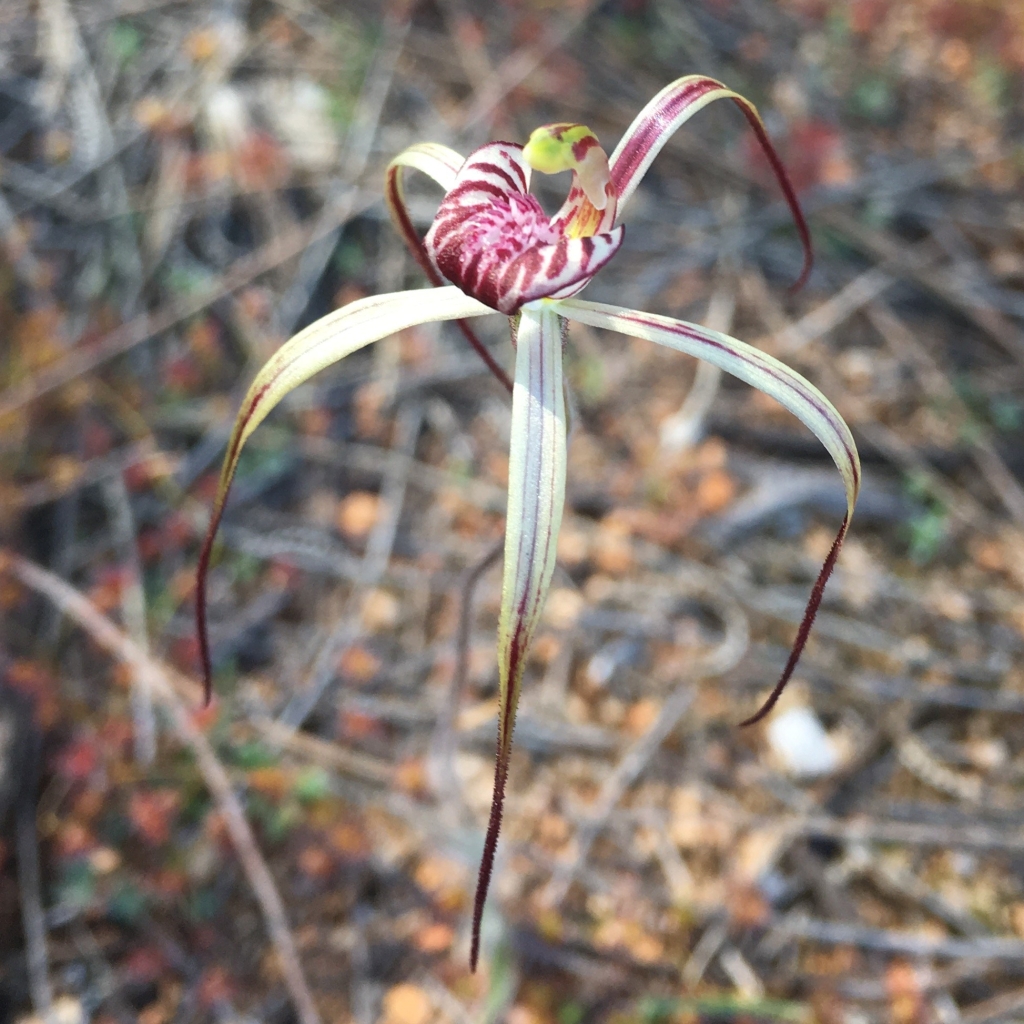A leisurely morning today as it is our last one for our 2022 road trip. We enjoyed breakfast whilst listening the raucous Galah flock as they ate on the ground then flew up when spooked into the nearby trees. Our first orchid location was not far away so we were in no rush.
Dempster Rock is our first hunt for the day. As per many locations, the first orchid found is the Hairy-stemmed snail orchid (Pterostylis setuloso), which is a common inland orchid. Only a couple found here and no more were encountered at this location, which is interesting.
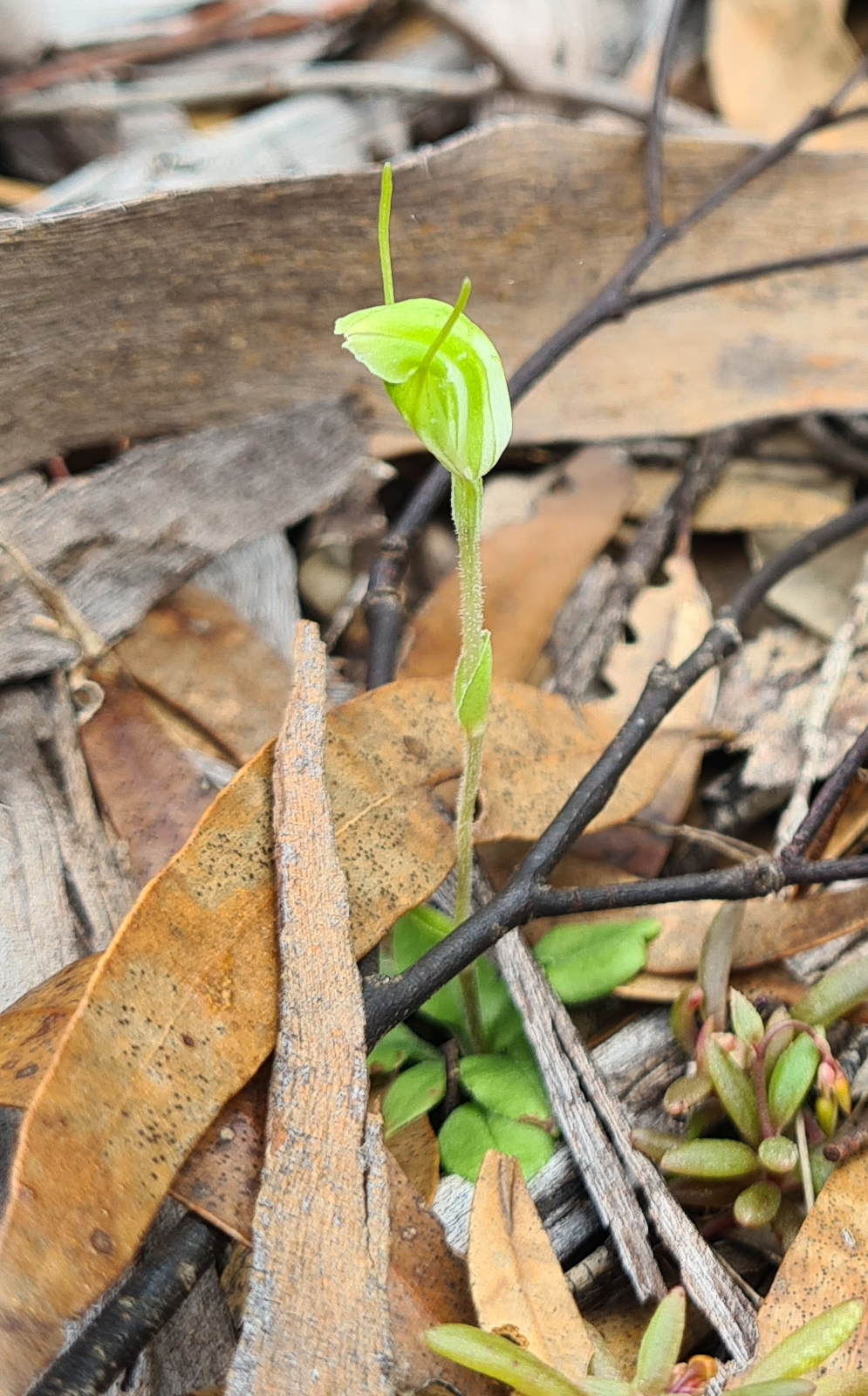
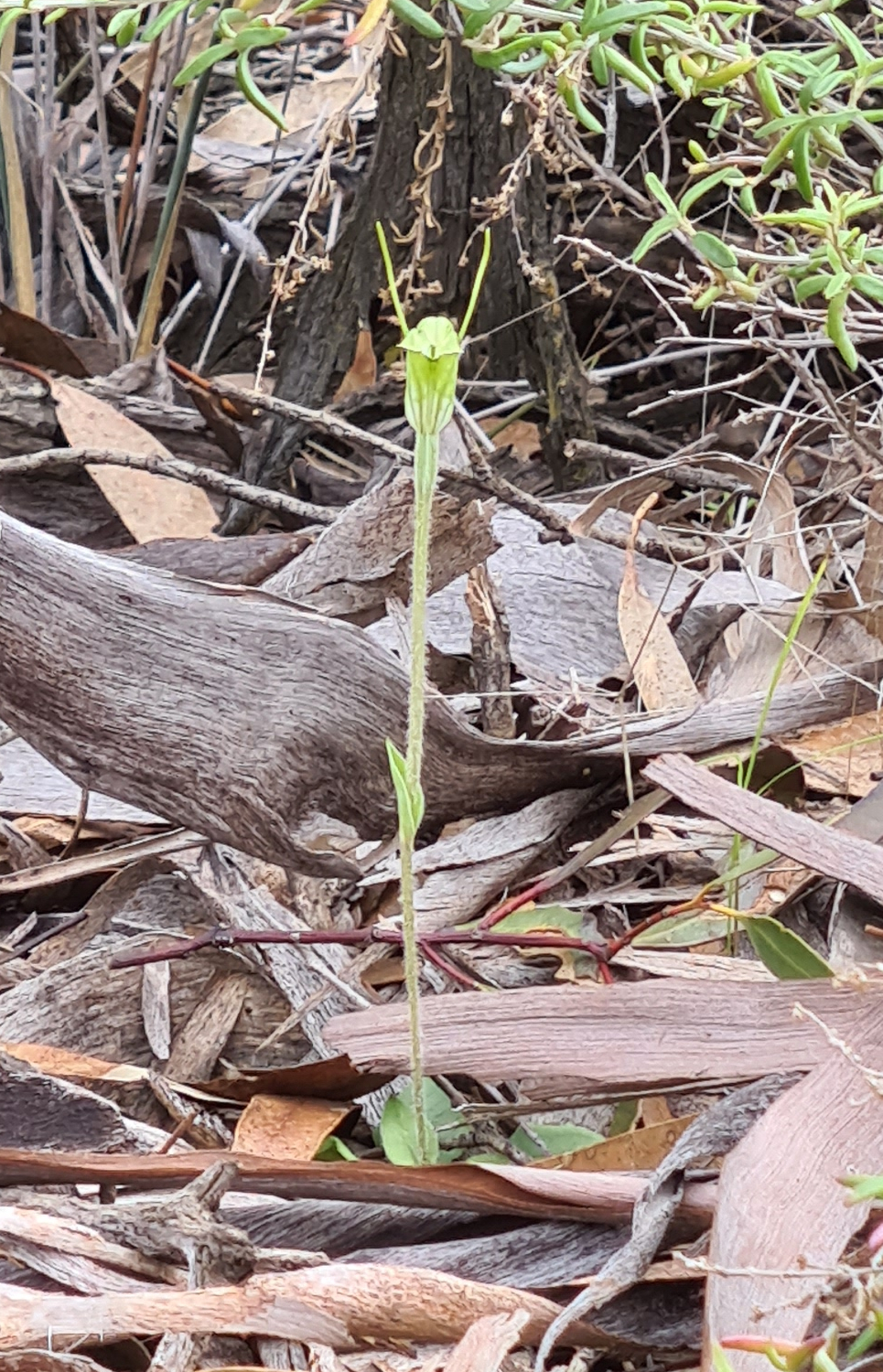
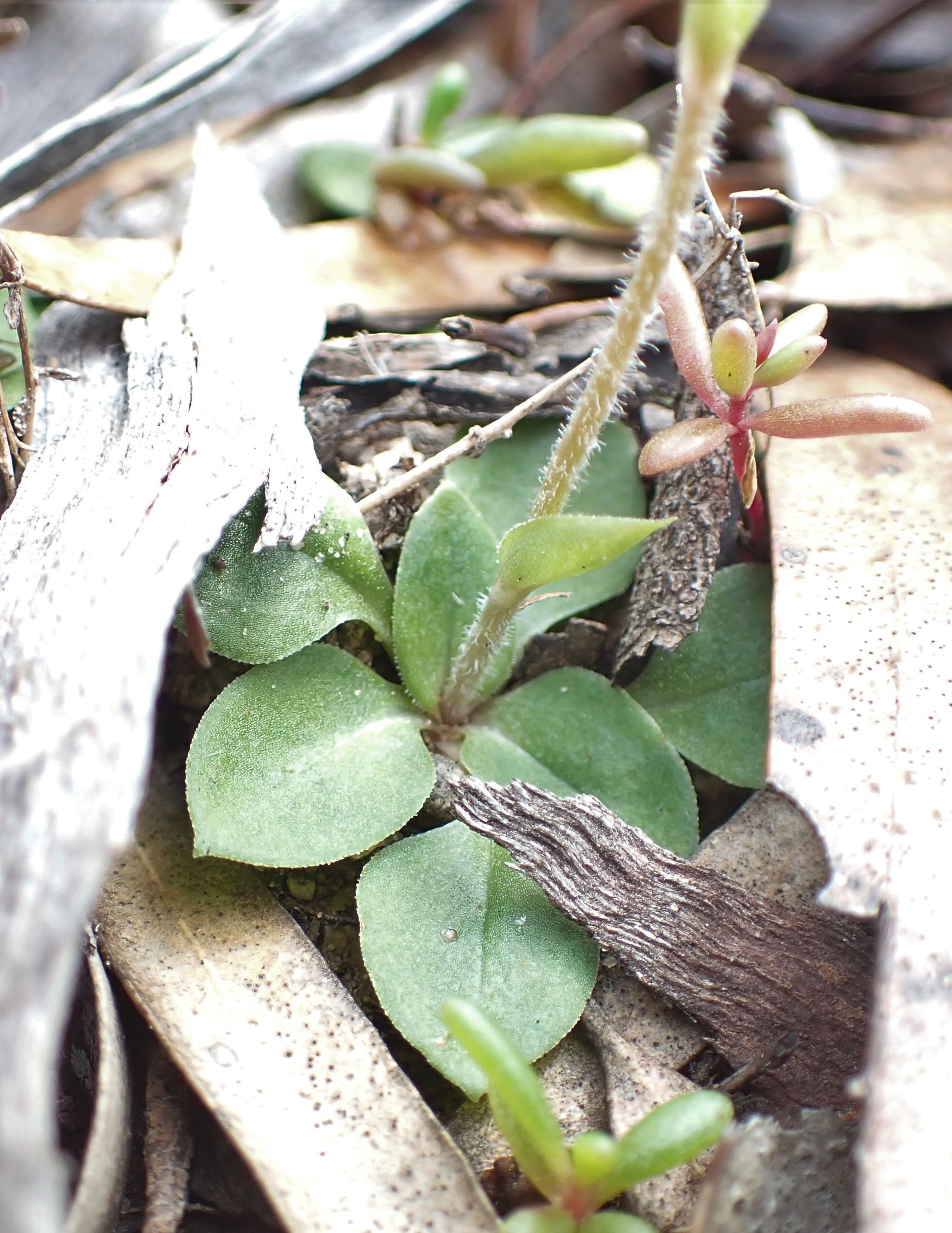
We find loads of spider orchids which will as usual prove problematic to identify so firstly I will post the pics of other orchids found first. So the first non-spider orchid found was the common inland occurring Sugar orchid (Ericksonella saccharata) which is found in huge numbers later in the search. I will post some individual pics plus a video showing the large expanse of flowers.
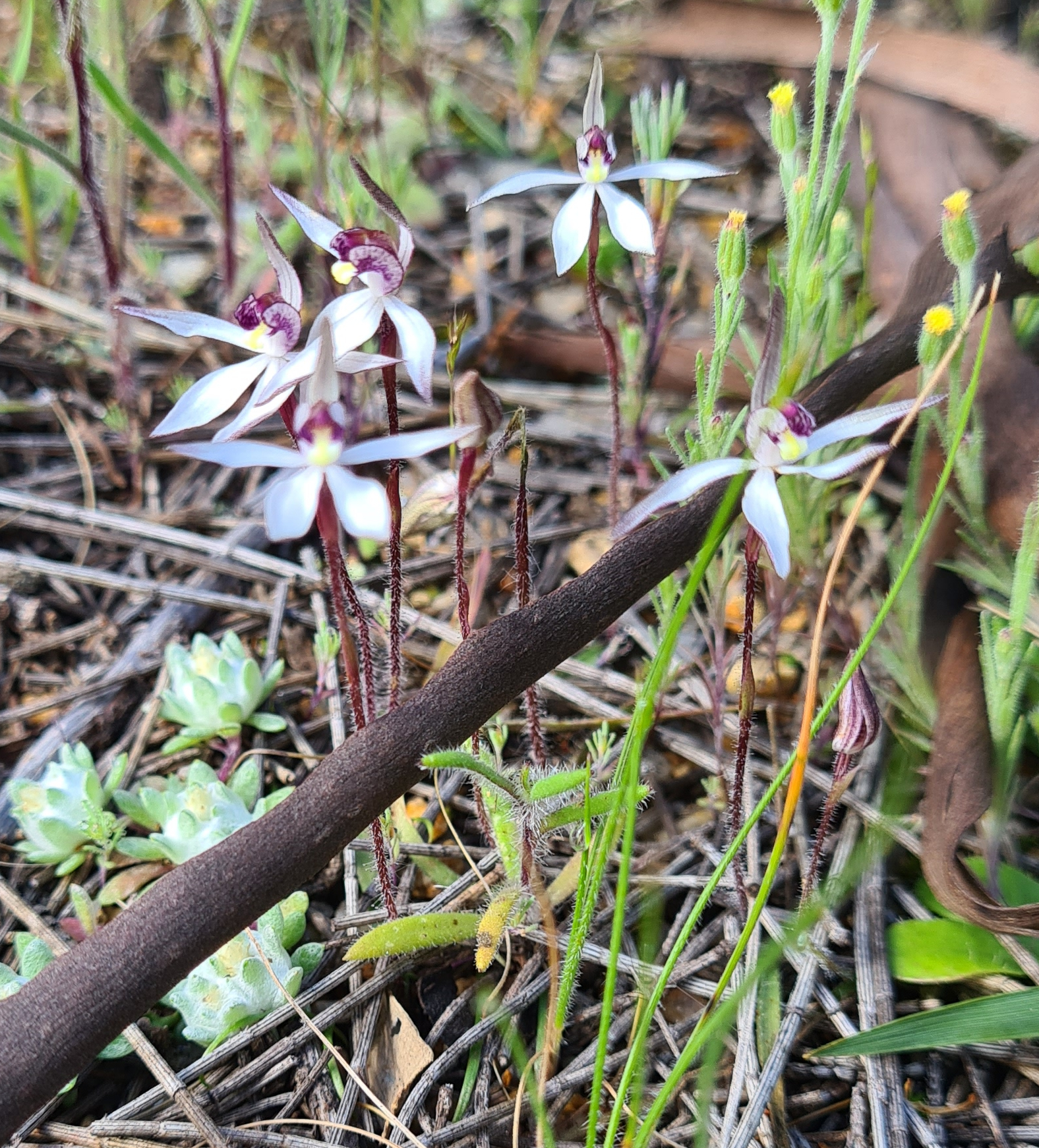
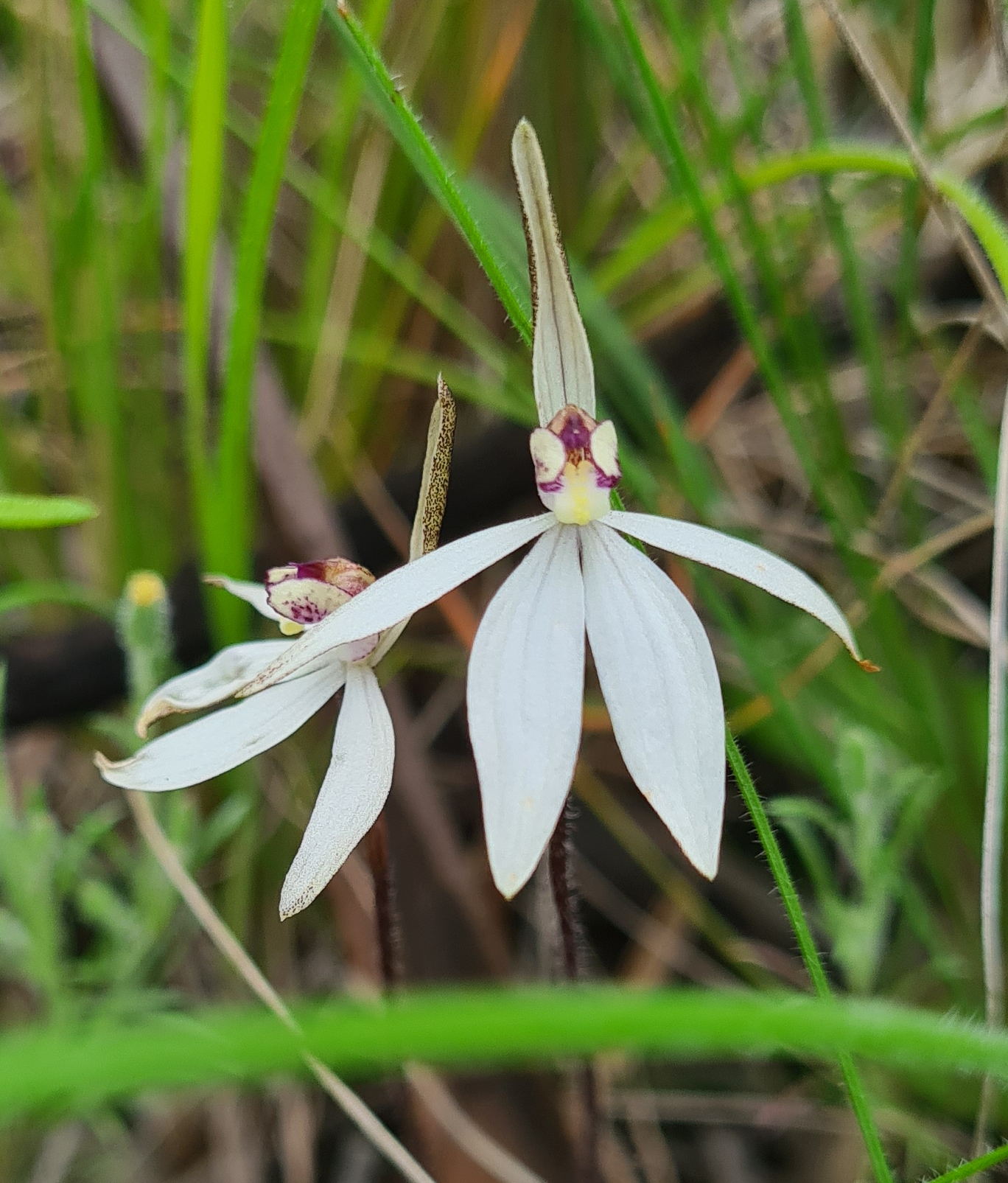
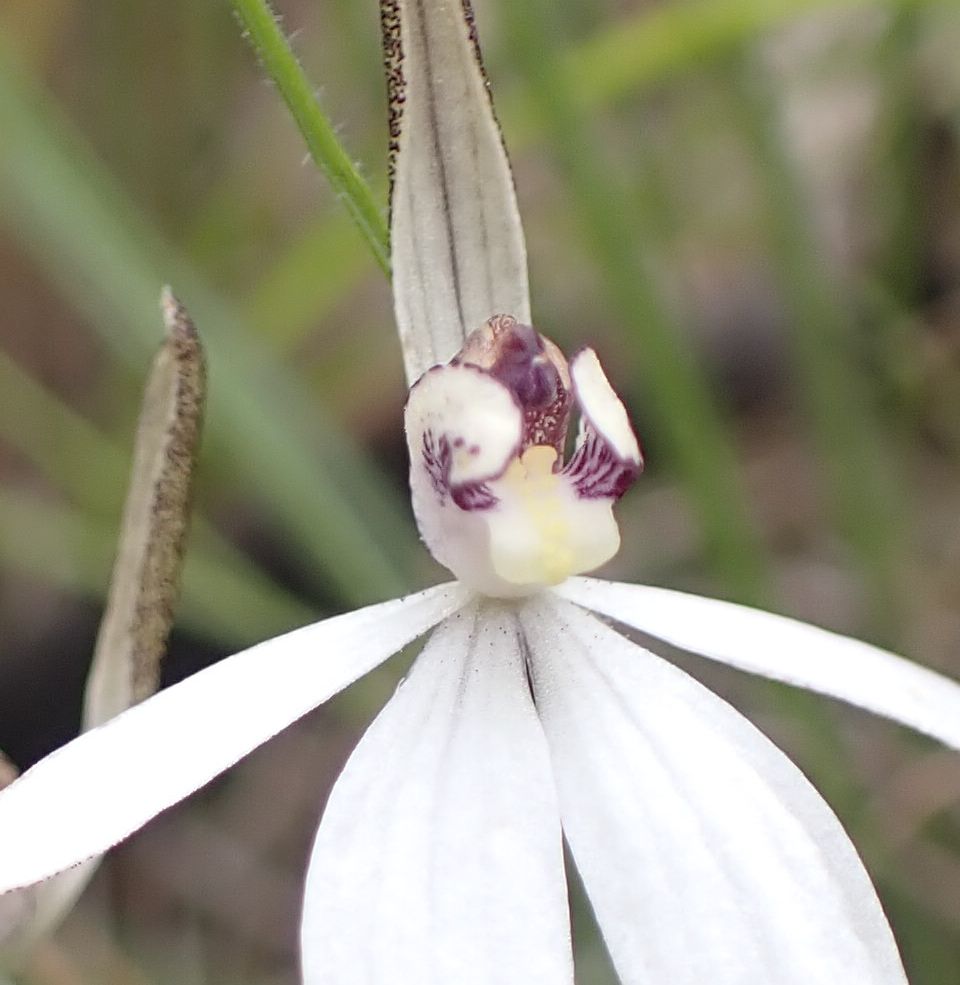



Next up we find some Blue beards (Pheladenia deformis) growing sparsely around the location with one small clump in the early stages of flowering found. It is always nice to find a blue orchid as they are a rare colour for our Southwest orchids.

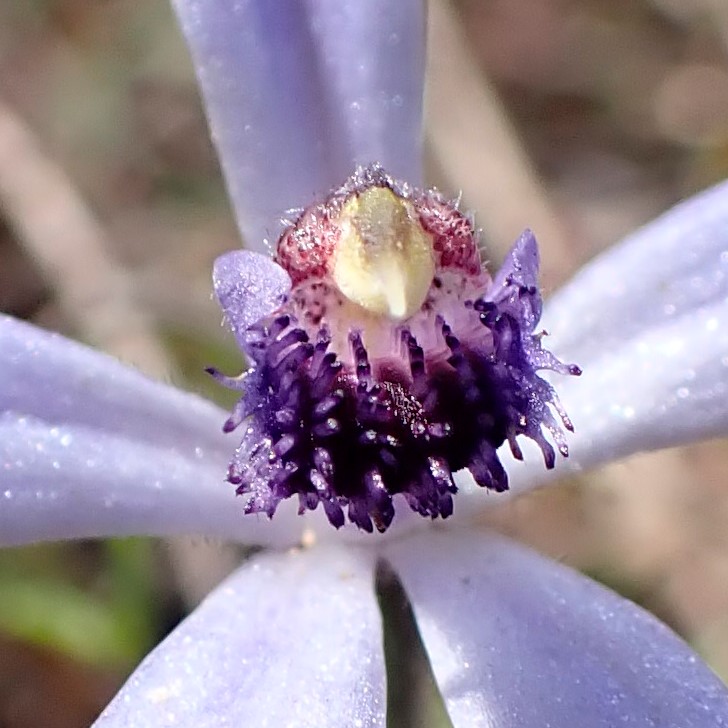

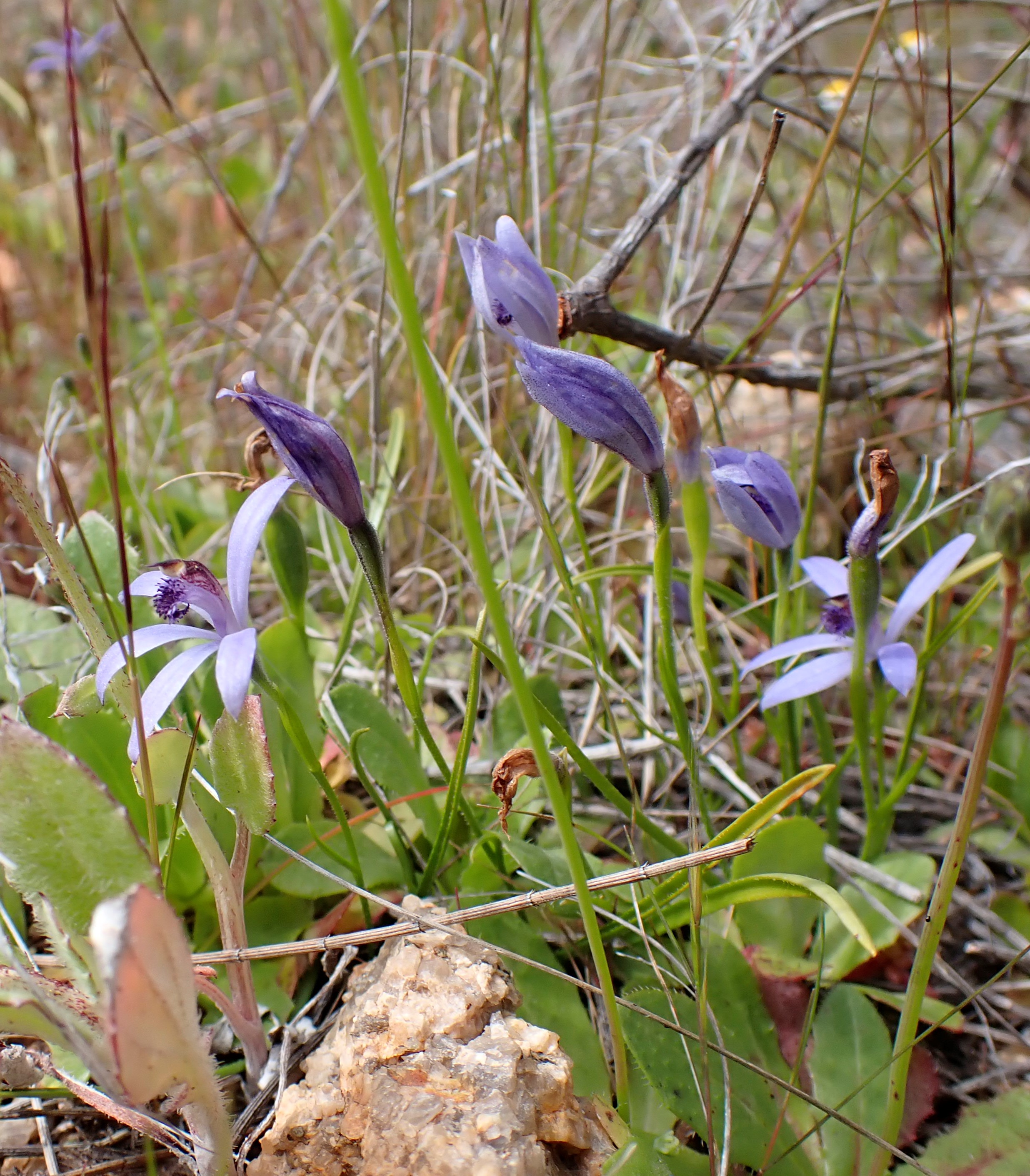
Another vibrant colour found is pink. The lone Pink candy orchid (Caladenia hirta subsp. rosea) stood out in the green grasses. No others found though, so we thank our lucky stars we came across this specimen.

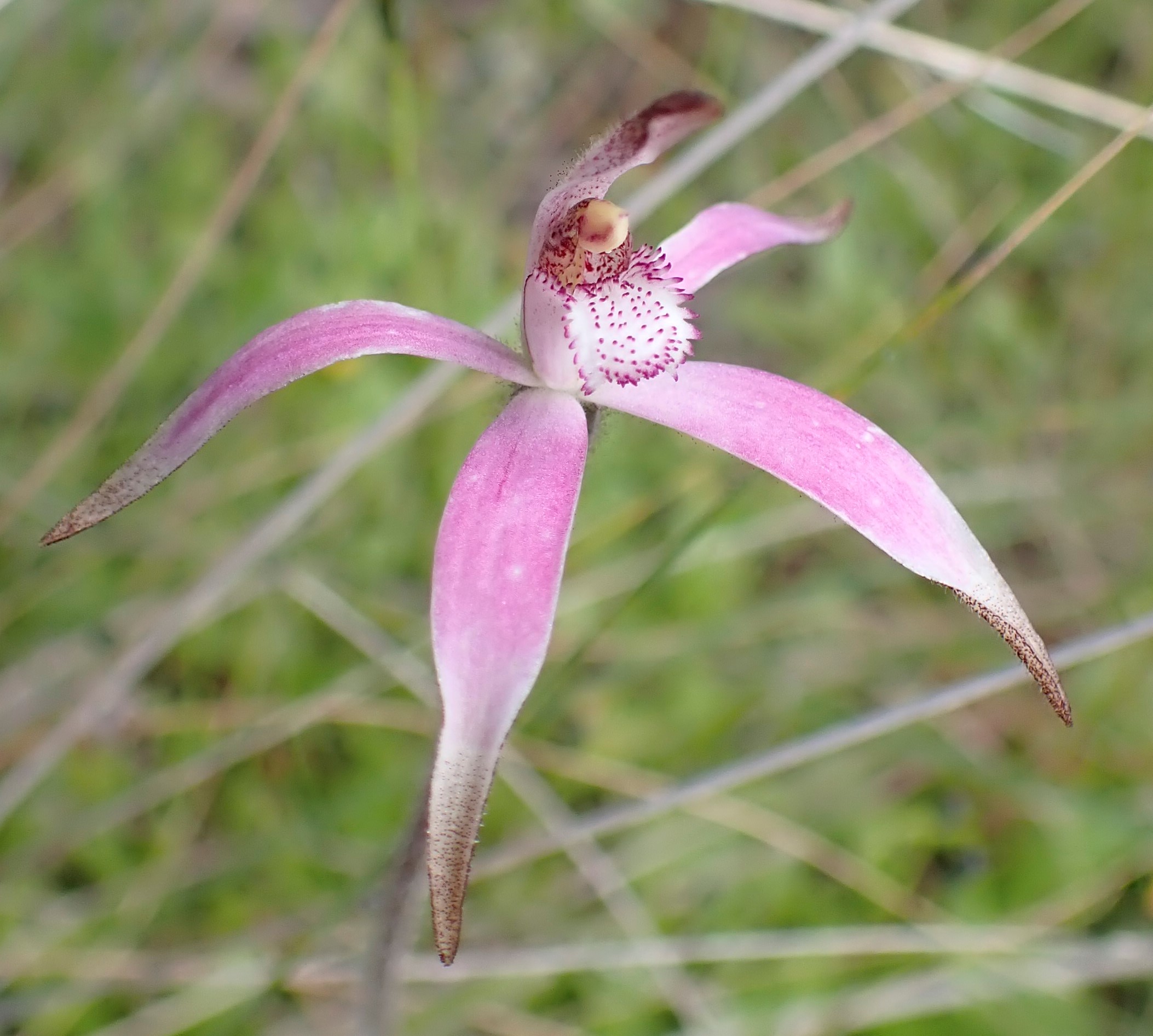
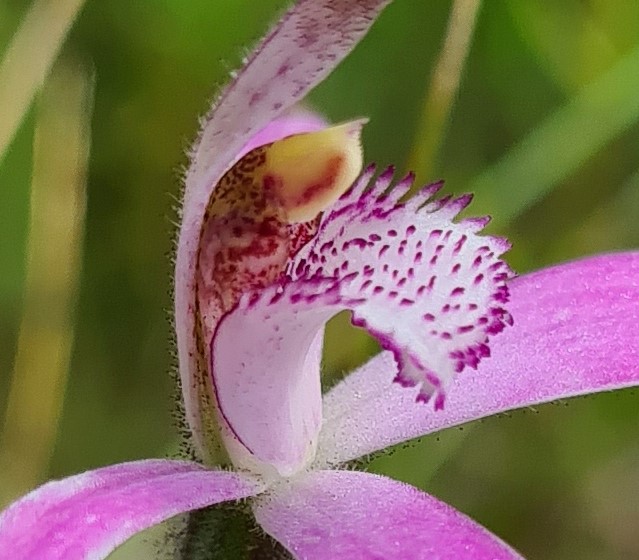
OK, so now it’s time to record the spider orchid finds. I will start with the easier ones first. The Drooping spider orchid (Caladenia radialis) is a unique spider orchid with usually drooping petals and all sepals, plus has a smooth or slightly fringed labellum.

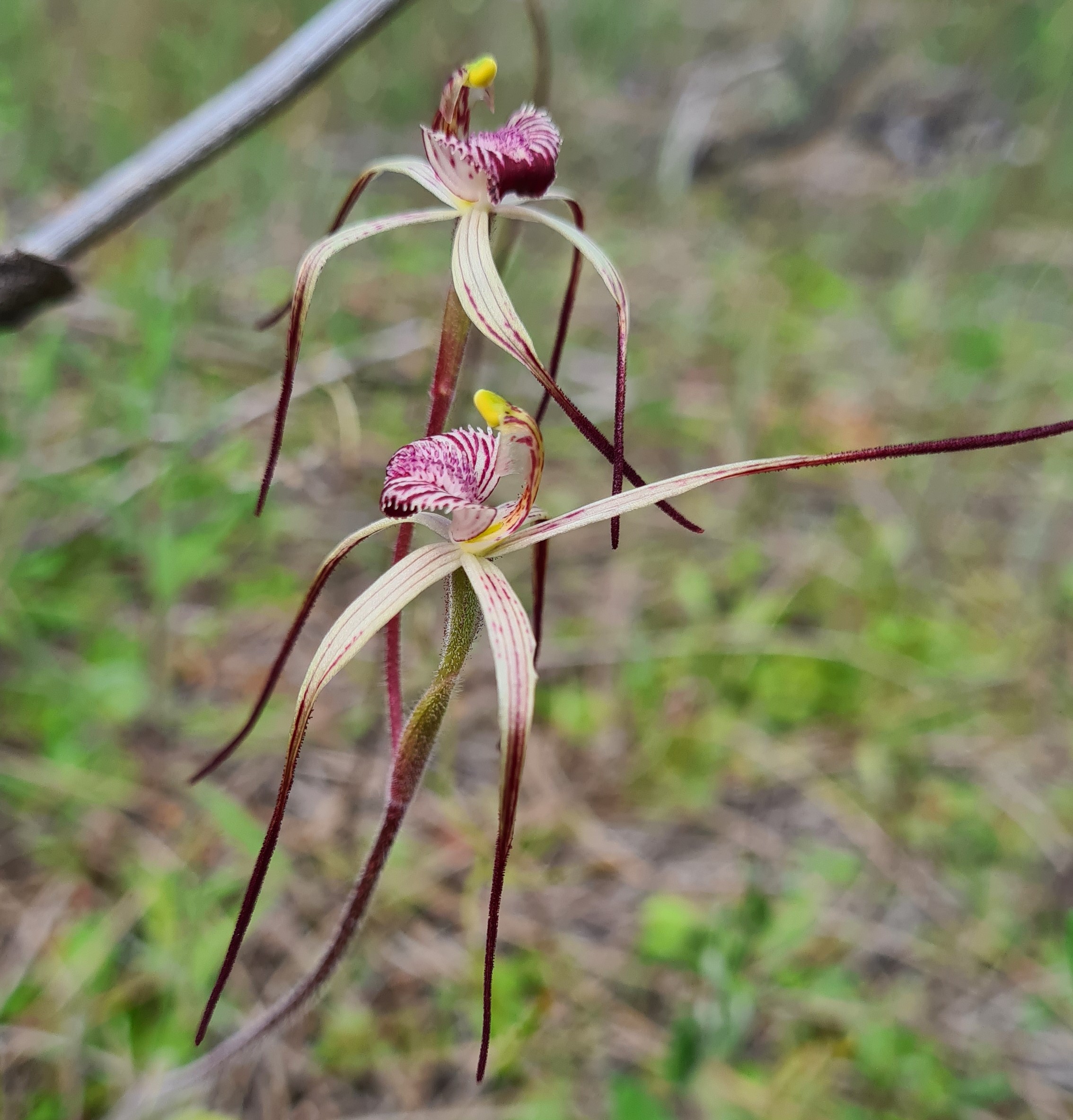
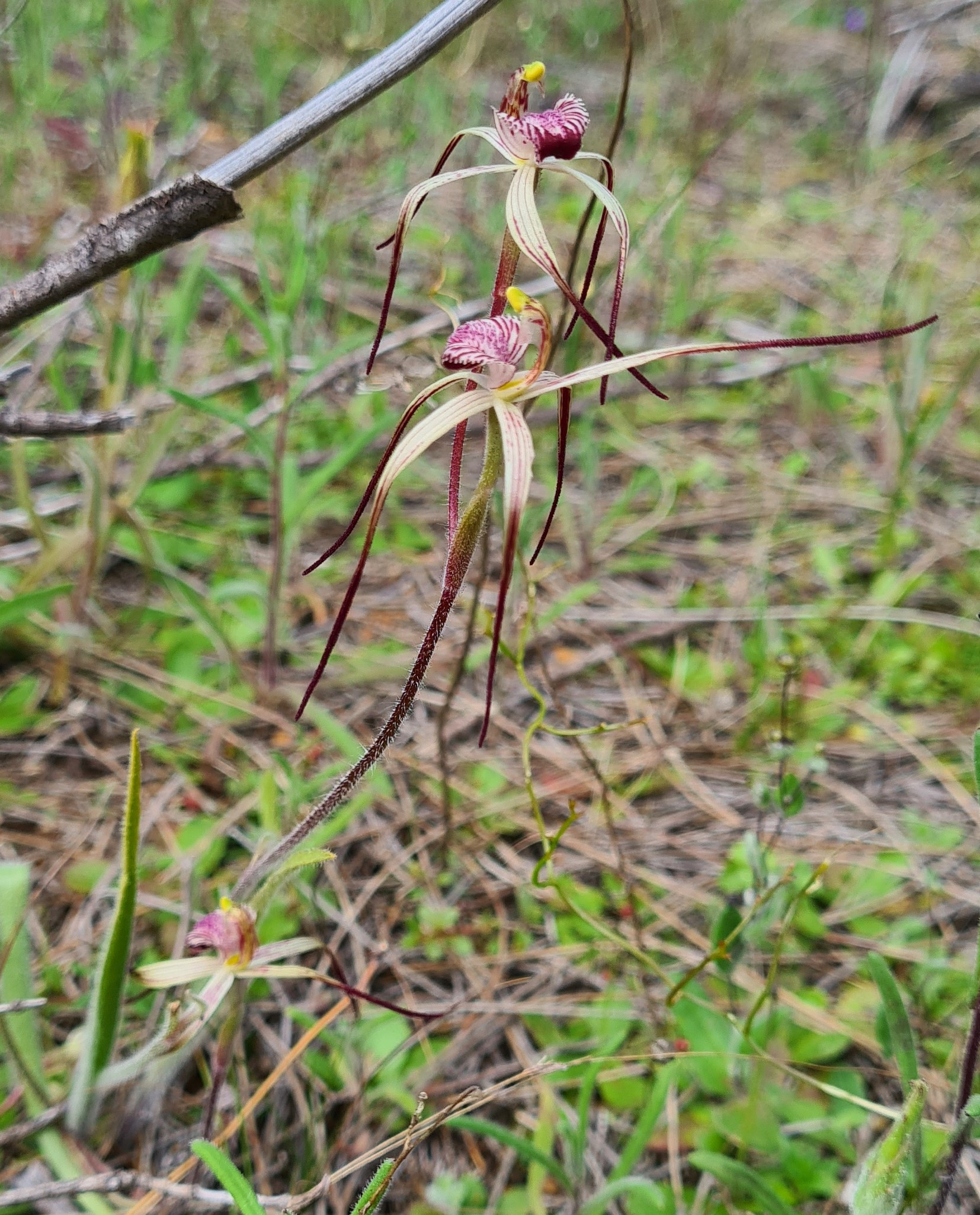
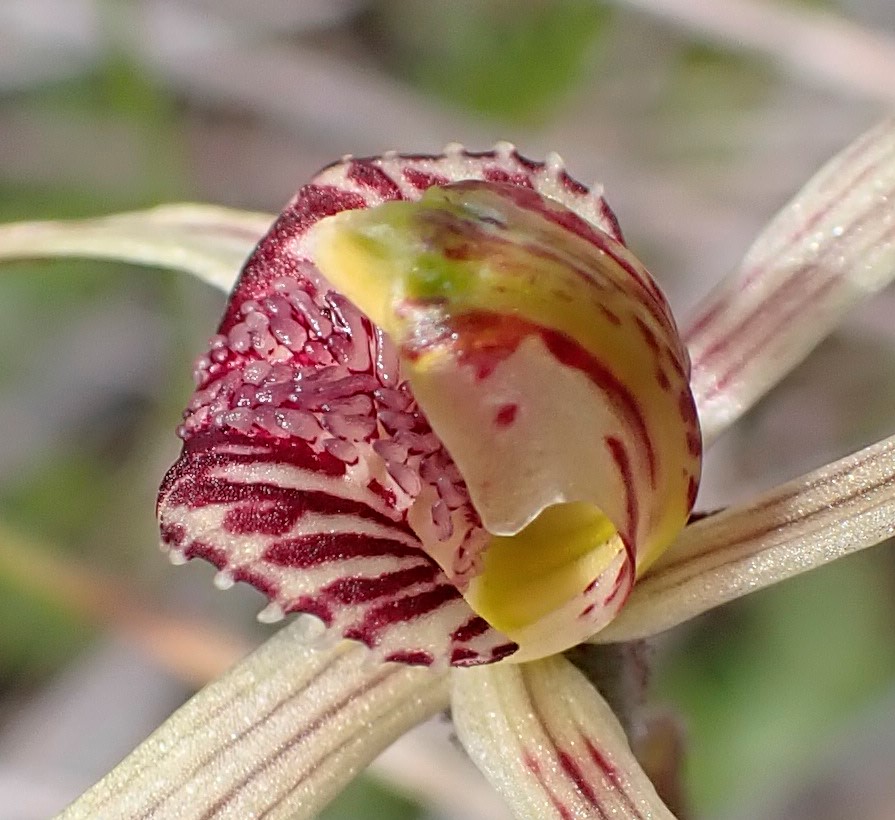
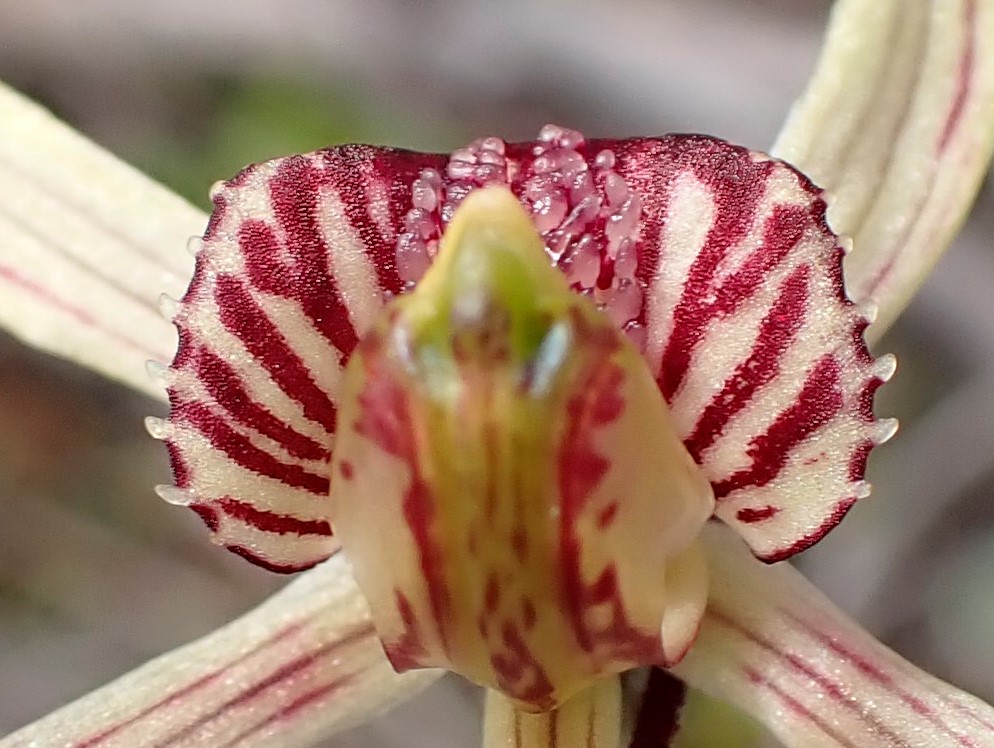
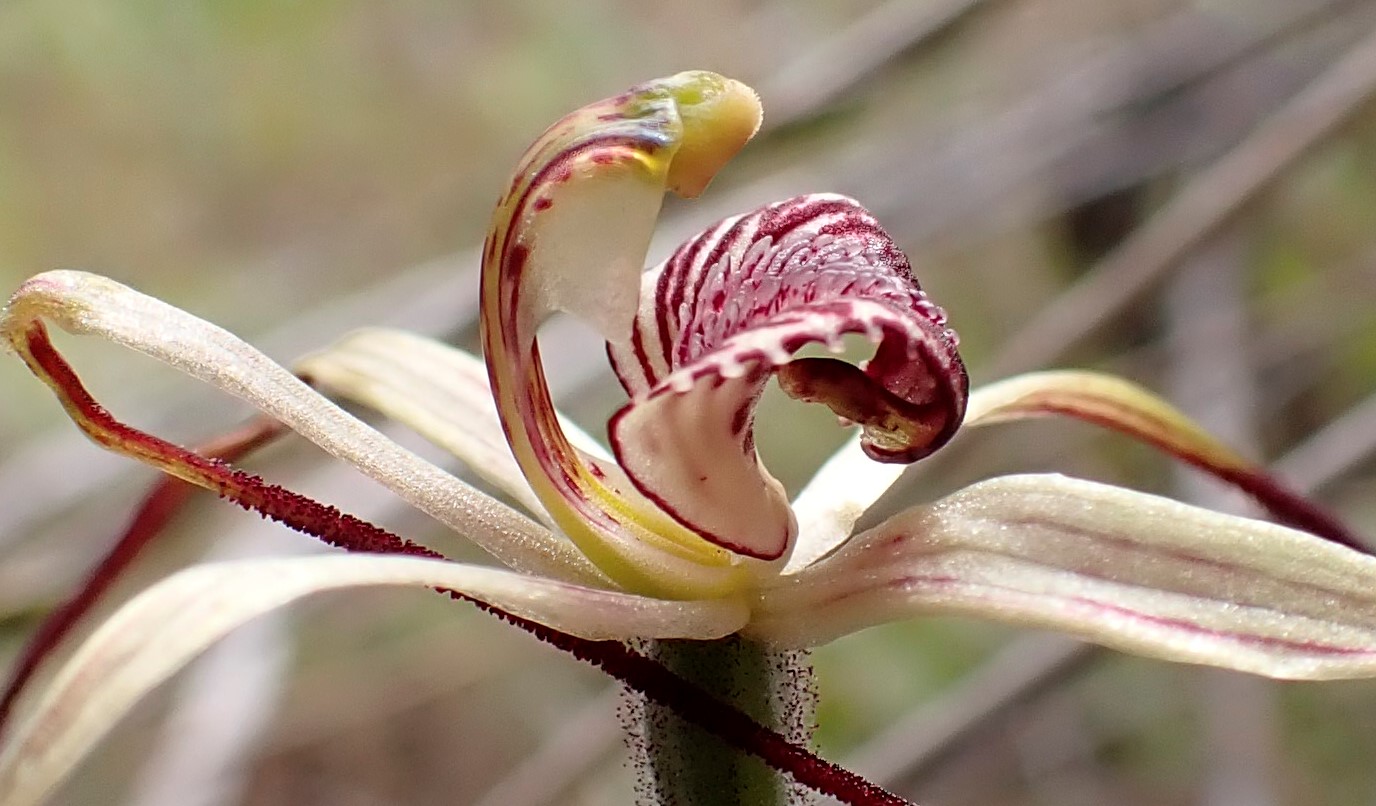

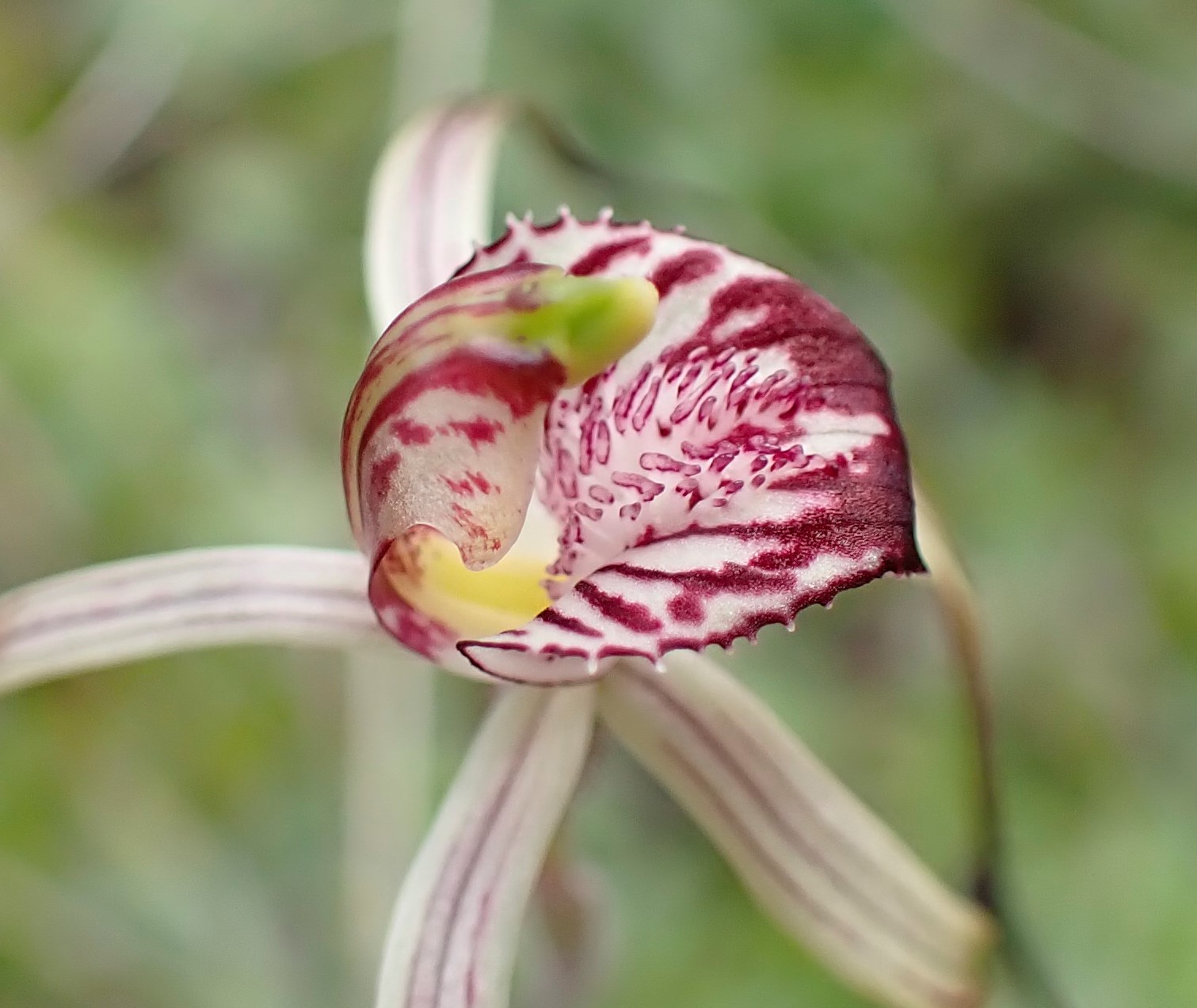


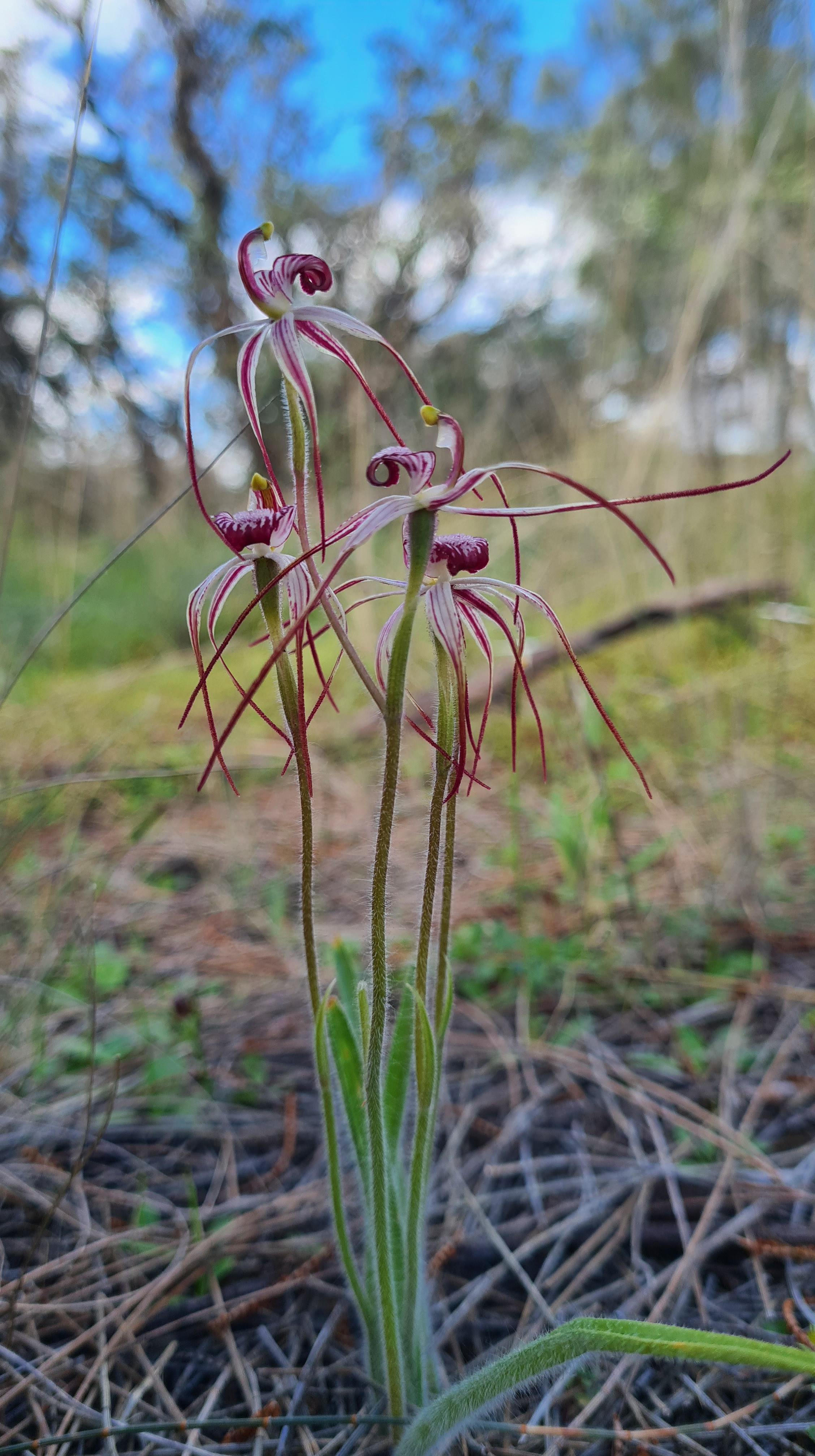
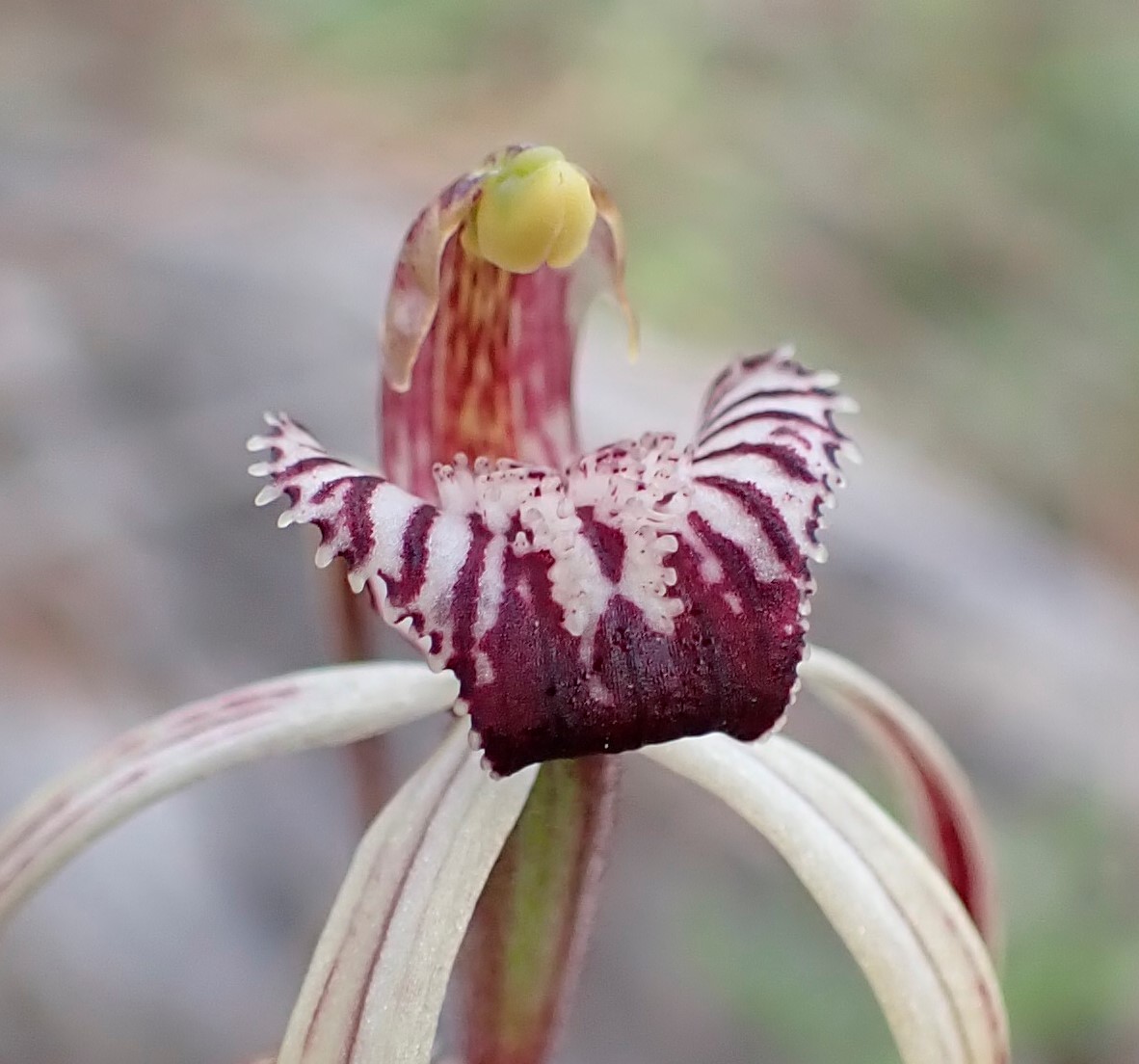
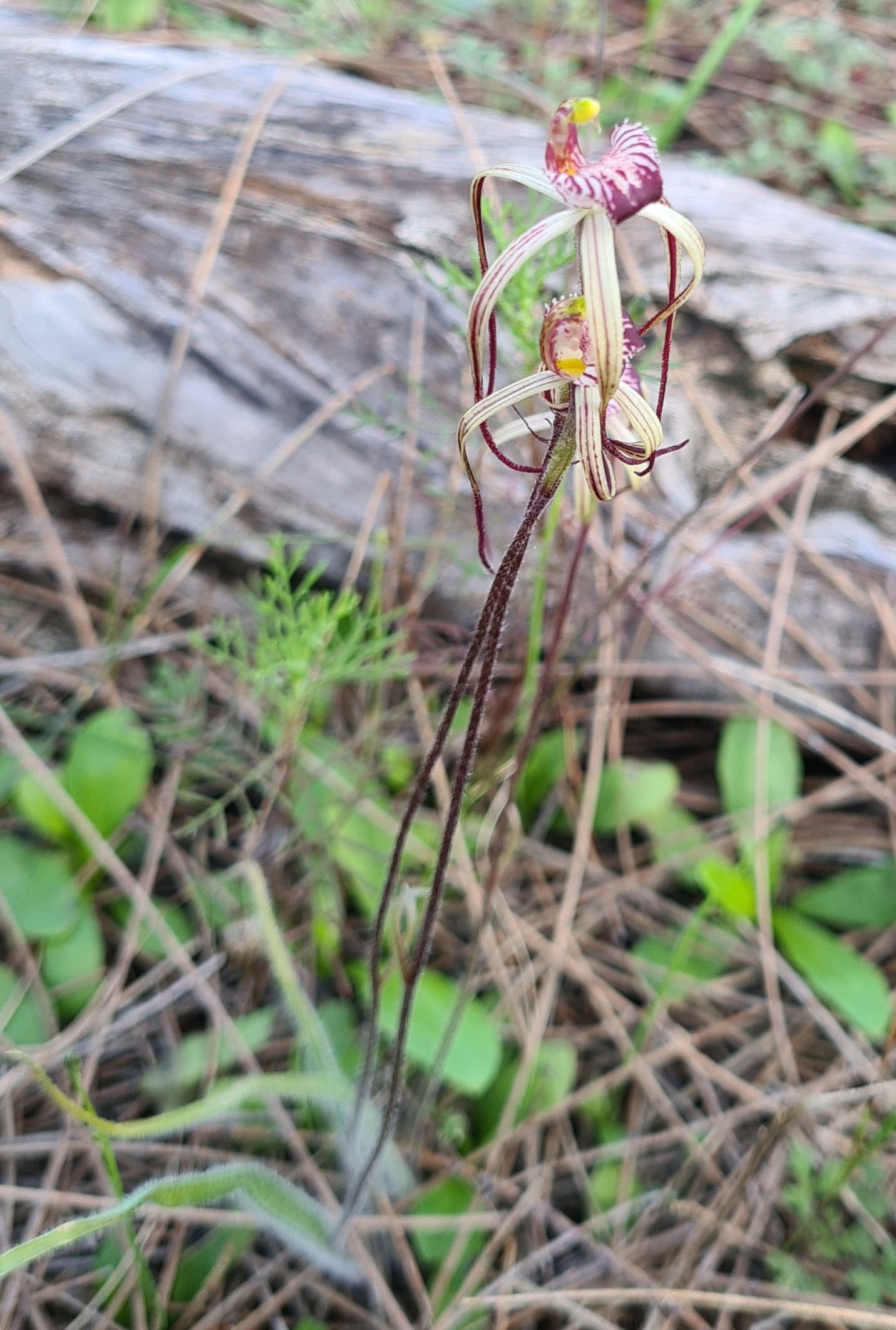
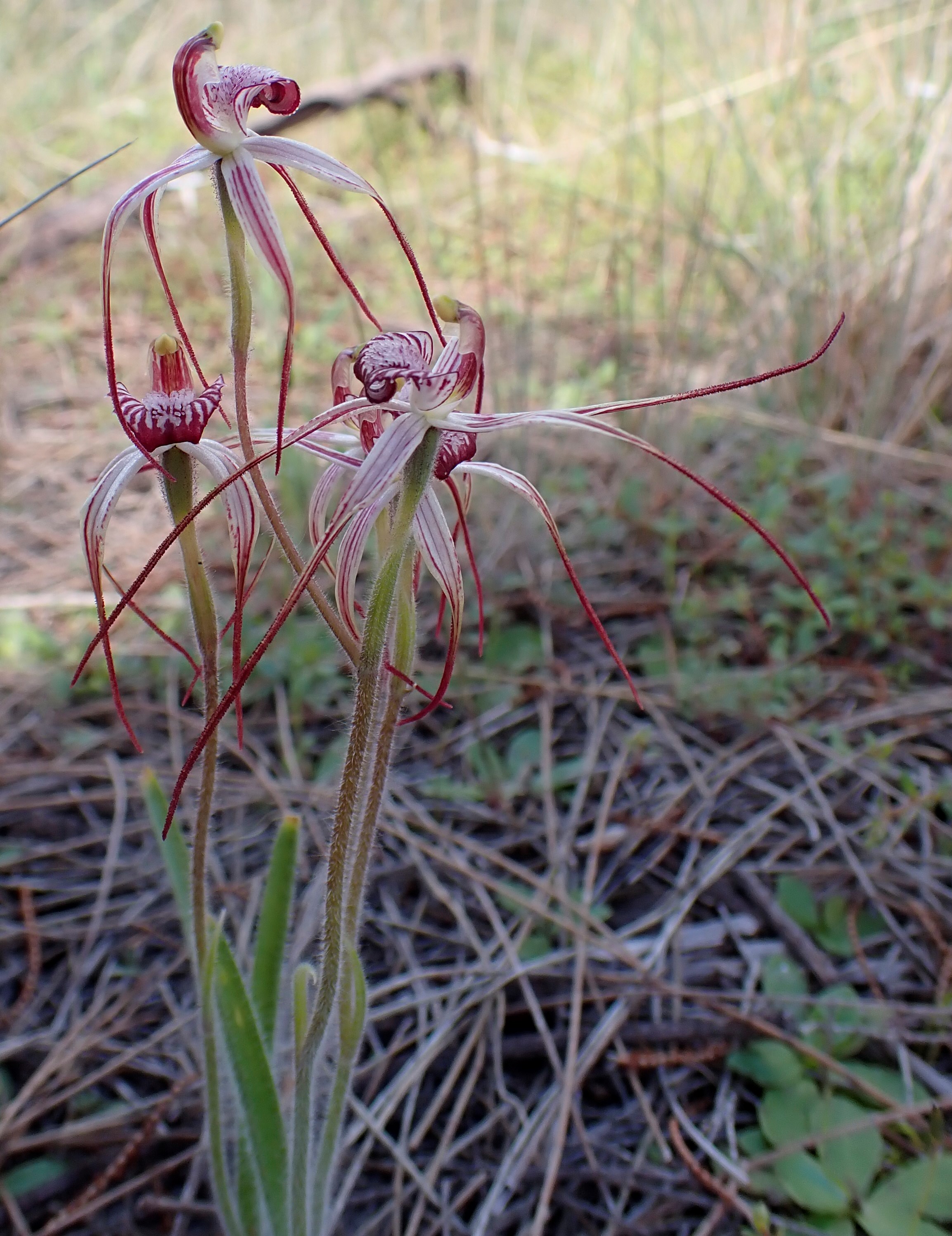
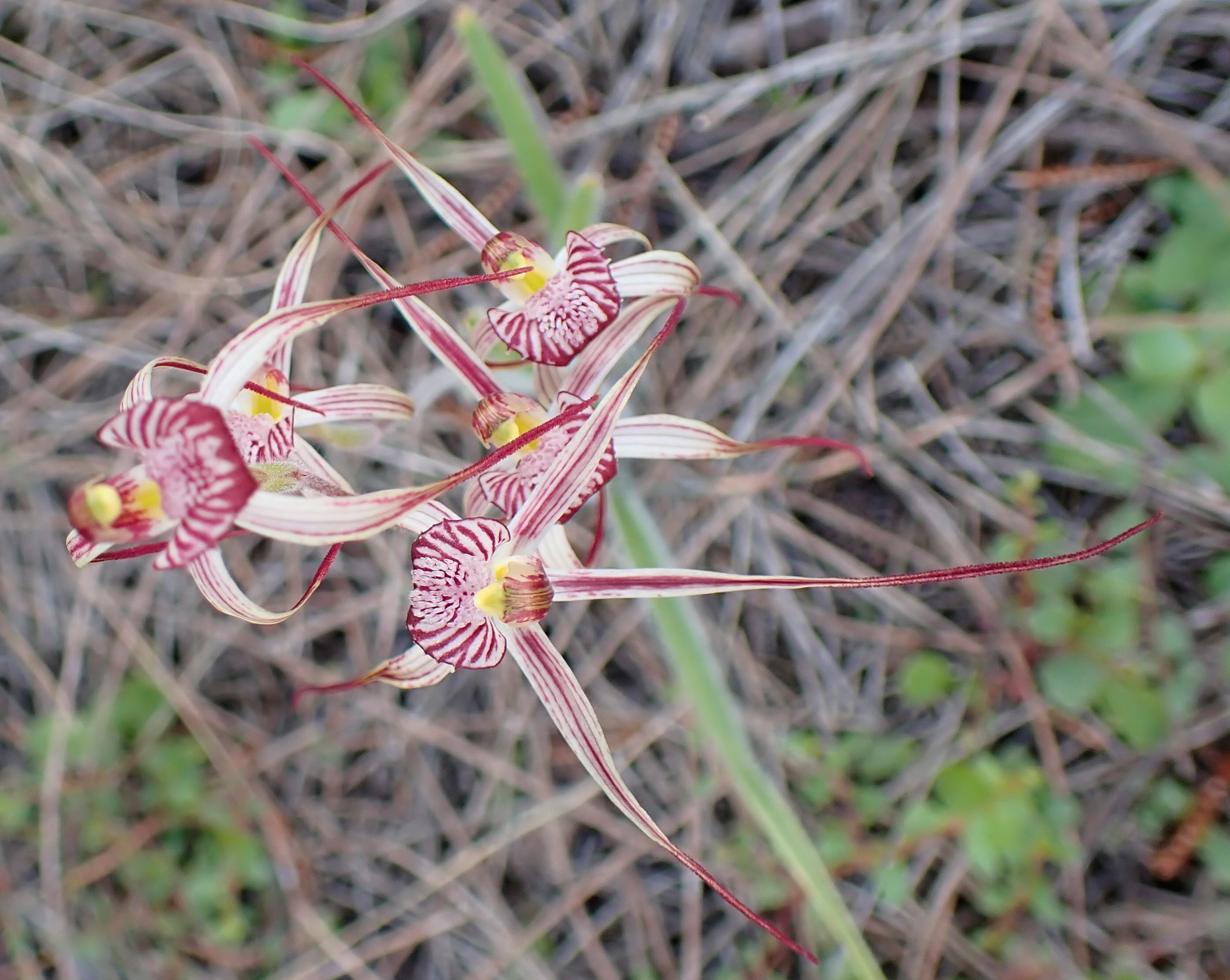
That’s it for easy ID, now it becomes more difficult. These striking red spider orchids are not recorded as occurring this far southeast. The two that have the closest listed range are the Slender spider orchid and the Red thread spider orchid. Both occur in pure red forms, and both are listed as having pendulous or near pendulous petals and lateral sepals. EDIT: With assistance from members of the FB group Western Australian Native Orchids I am now confident in naming this small clump as being the Slender spider orchid (Caladenia pulchra)


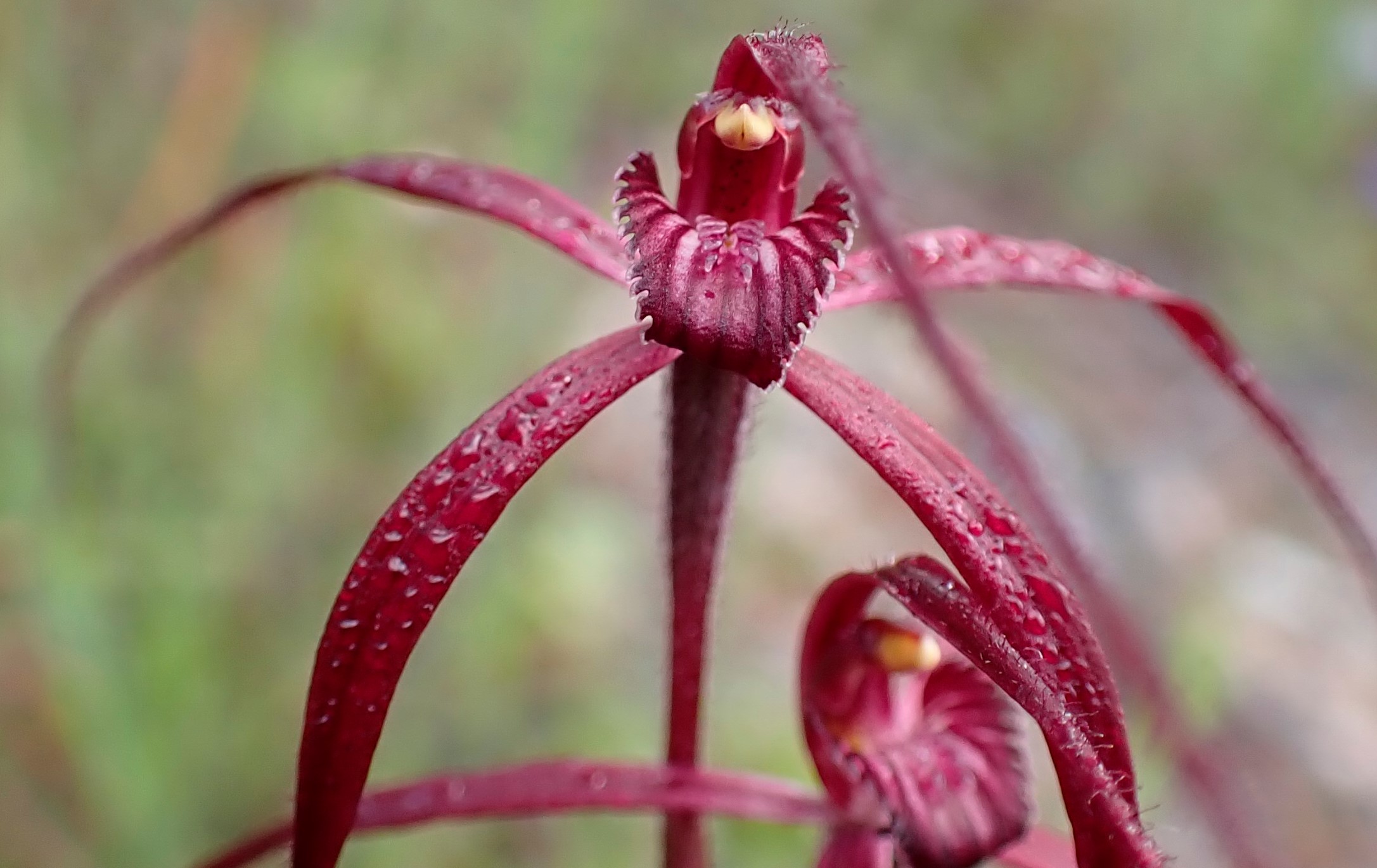
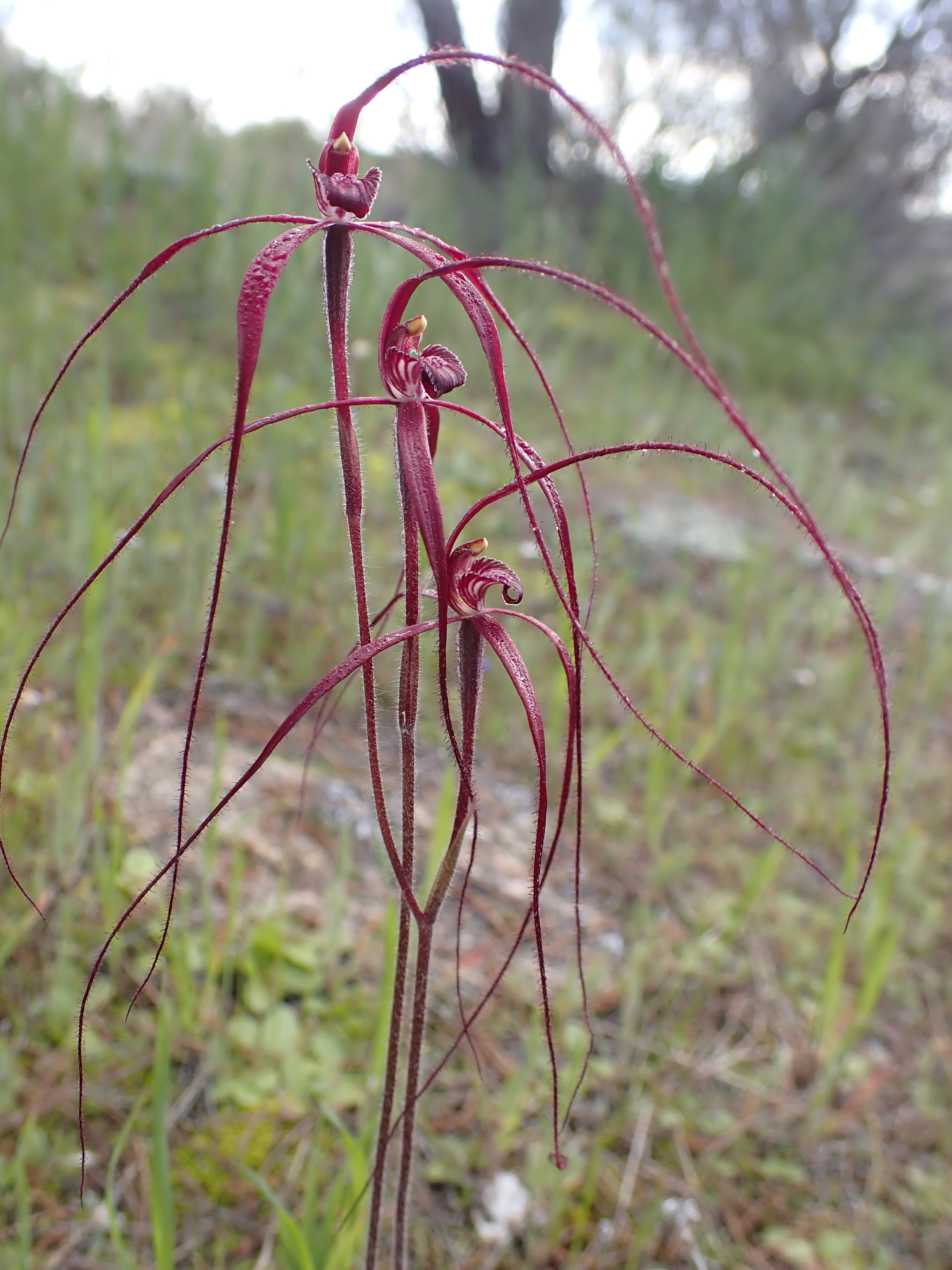

So now the identification gets even more difficult. First up I think these orchids are the Chameleon spider orchid (Caladenia dimidia) due to the backswept petals and whitish colouring to the flowers, however they are variable in colour, so maybe not a great defining feature. 🙂

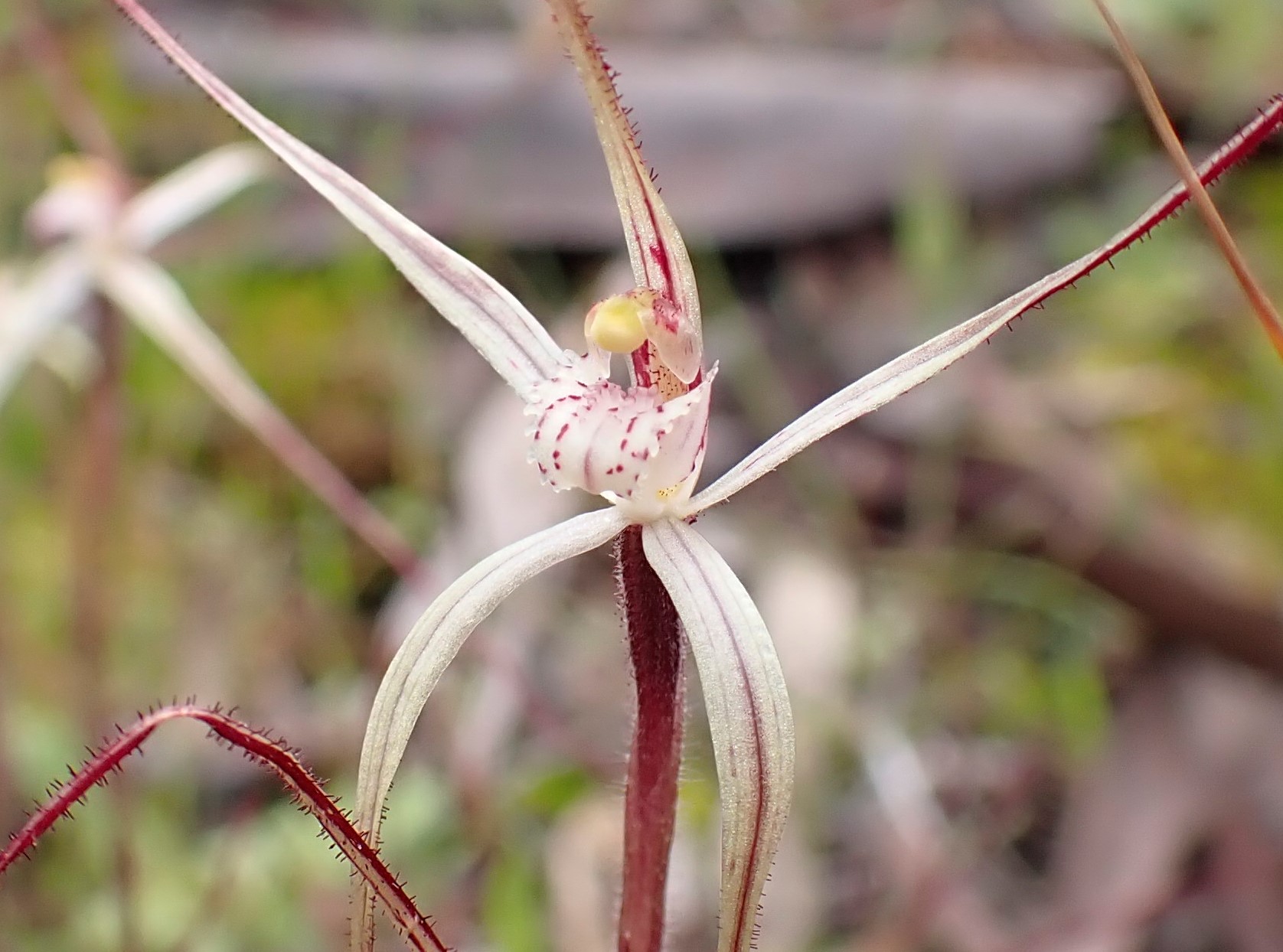

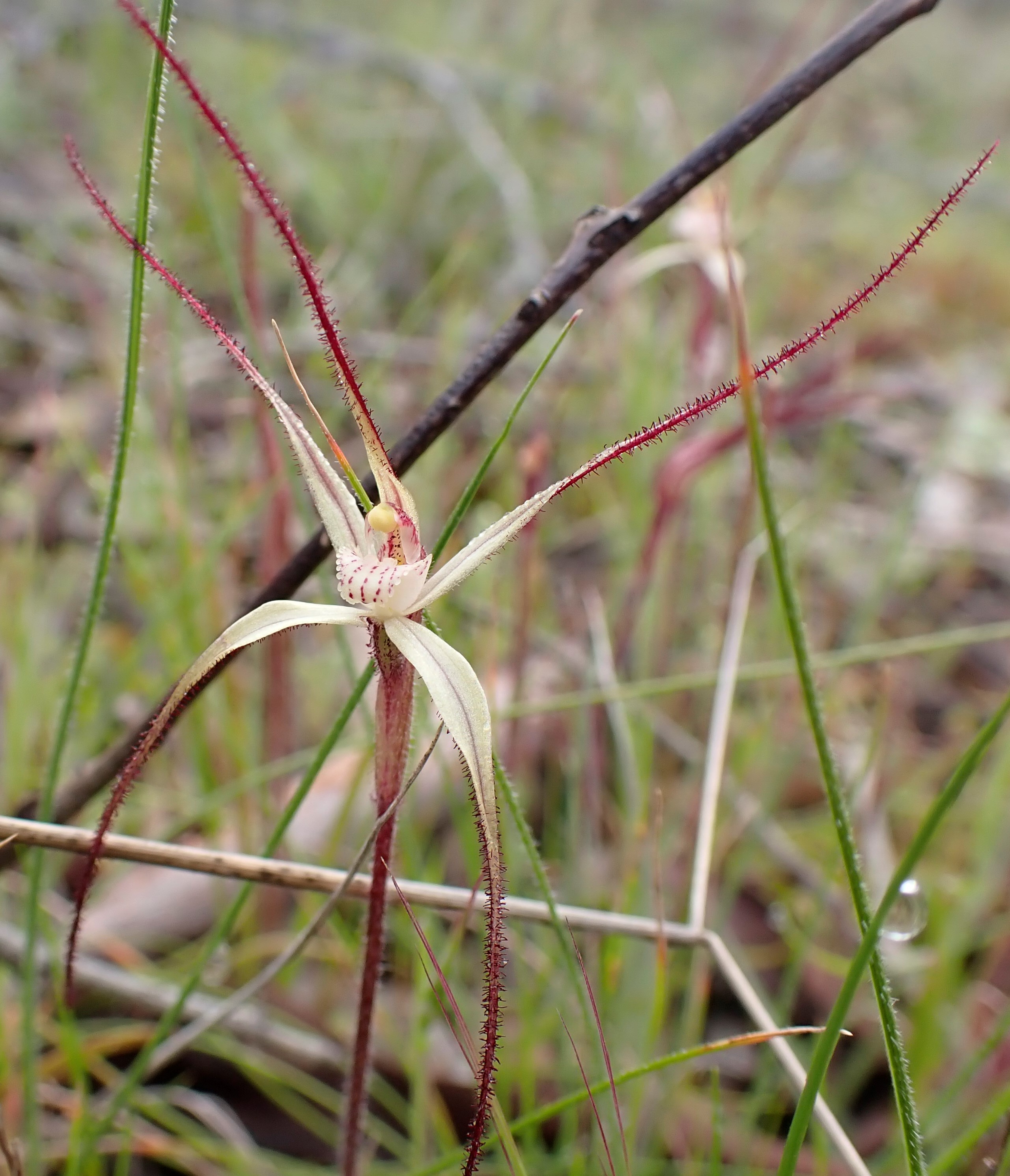
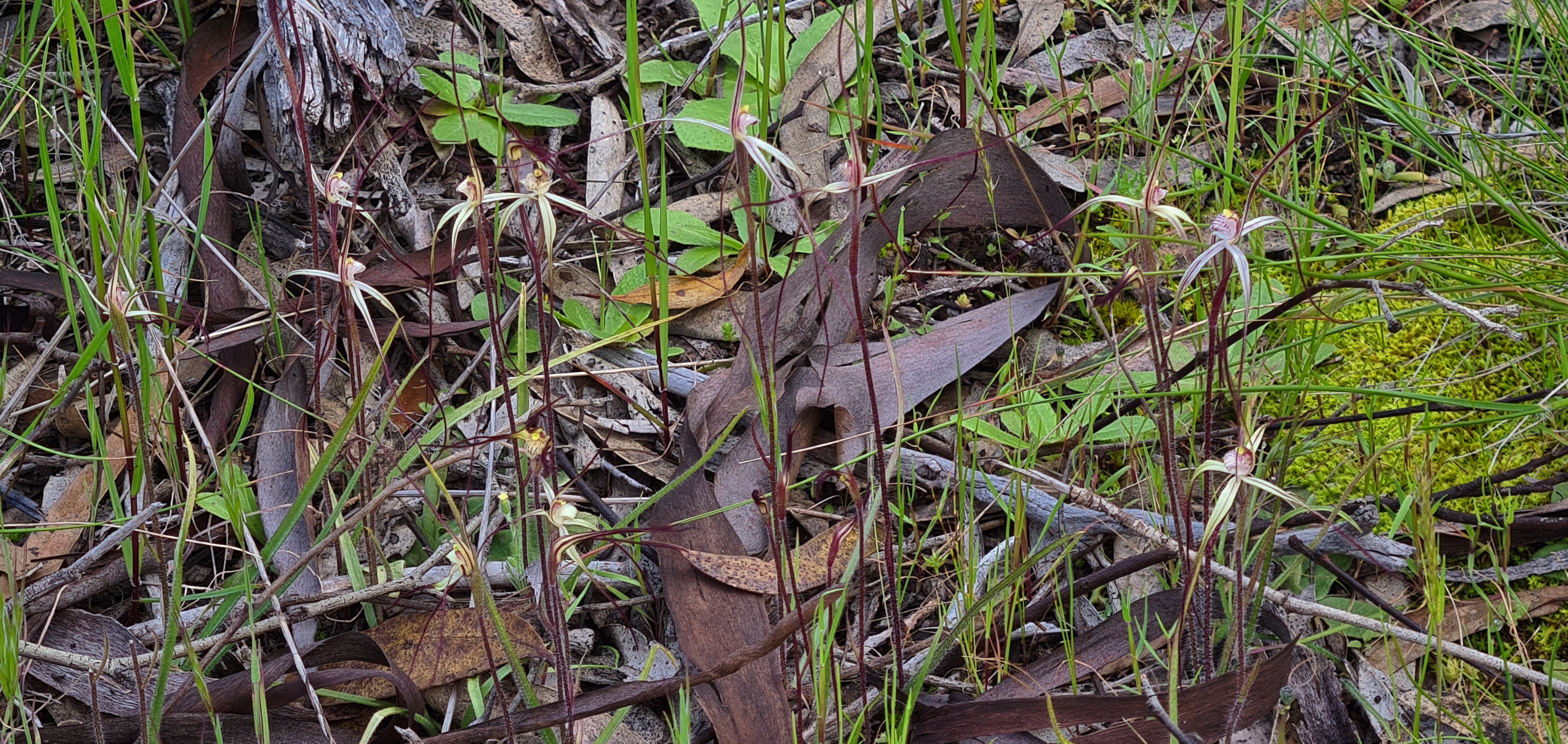



I have already posted these on iNaturalist and have been advised they may be the Joseph’s spider orchid (Caladenia polychroma) due to the larger flowers than the similar Chameleon spider orchid. Thoughts accepted.






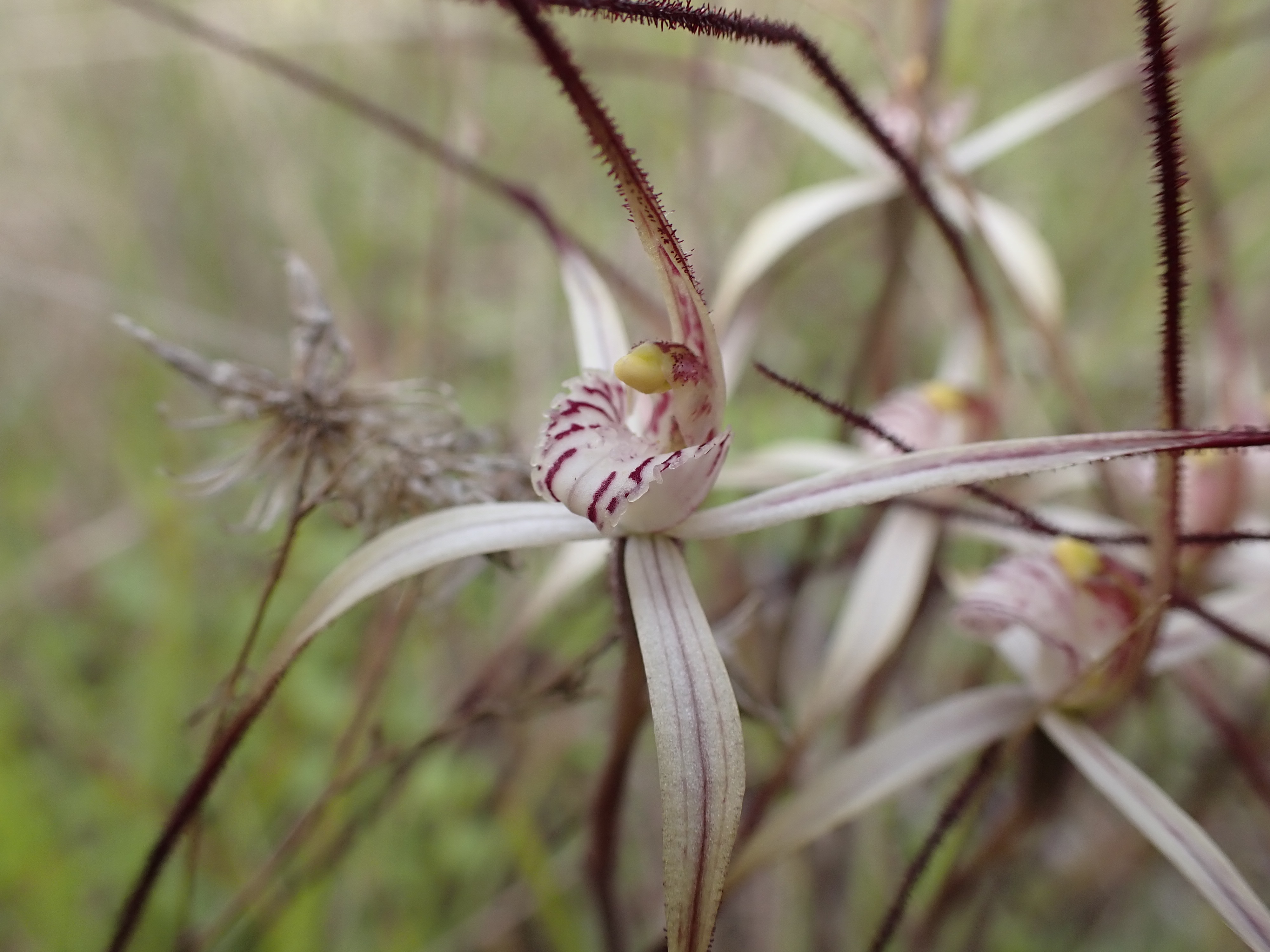
Now many spider orchids with a creamy to yellow colouring confuse me even more. Some have dark filaments to the ends of the petals and sepals, whilst there are also differences in the colours of the labellum calli. They could be more of the species already identified today or possibly another species. Again, any help in ID would be appreciated.


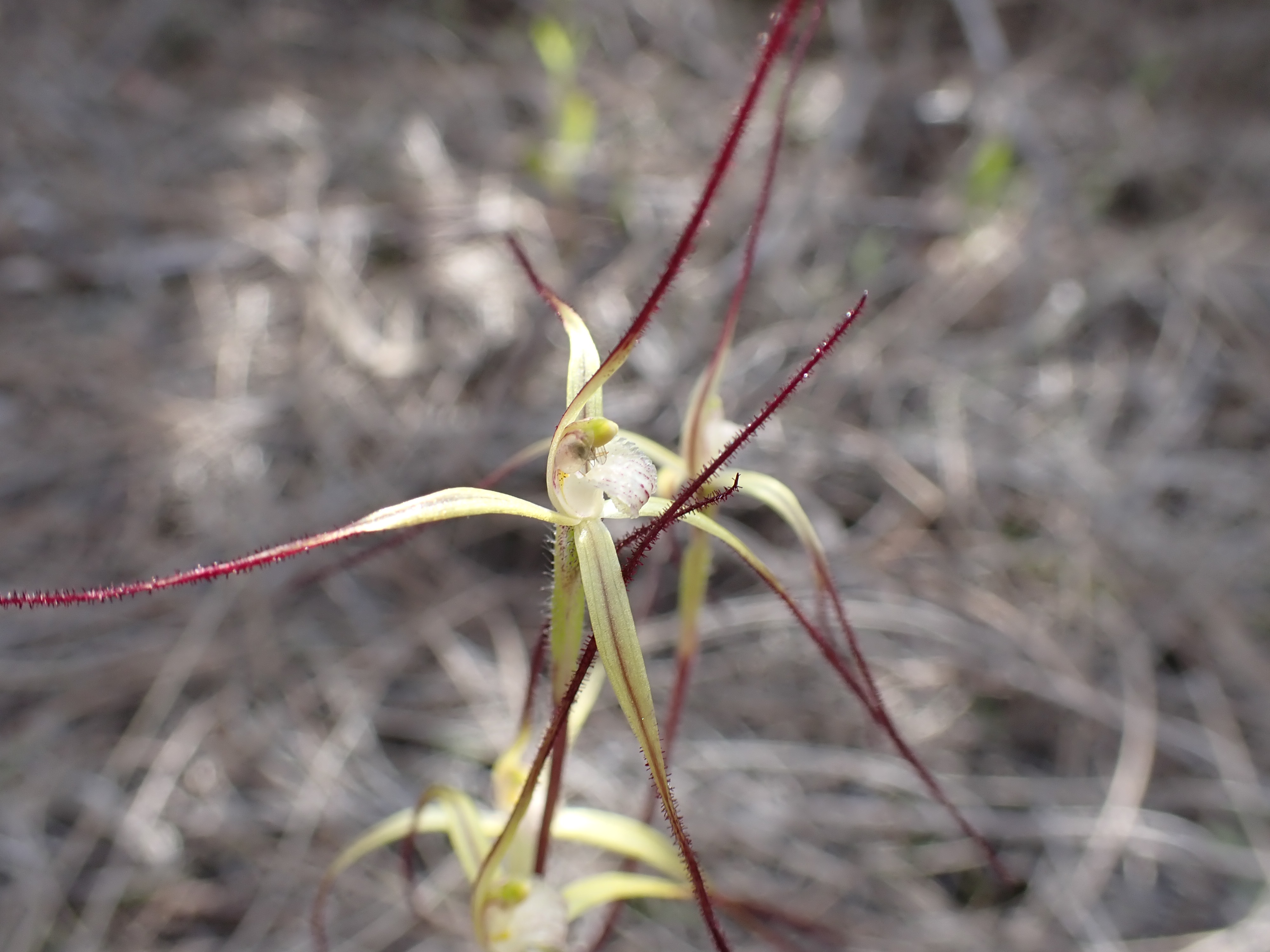


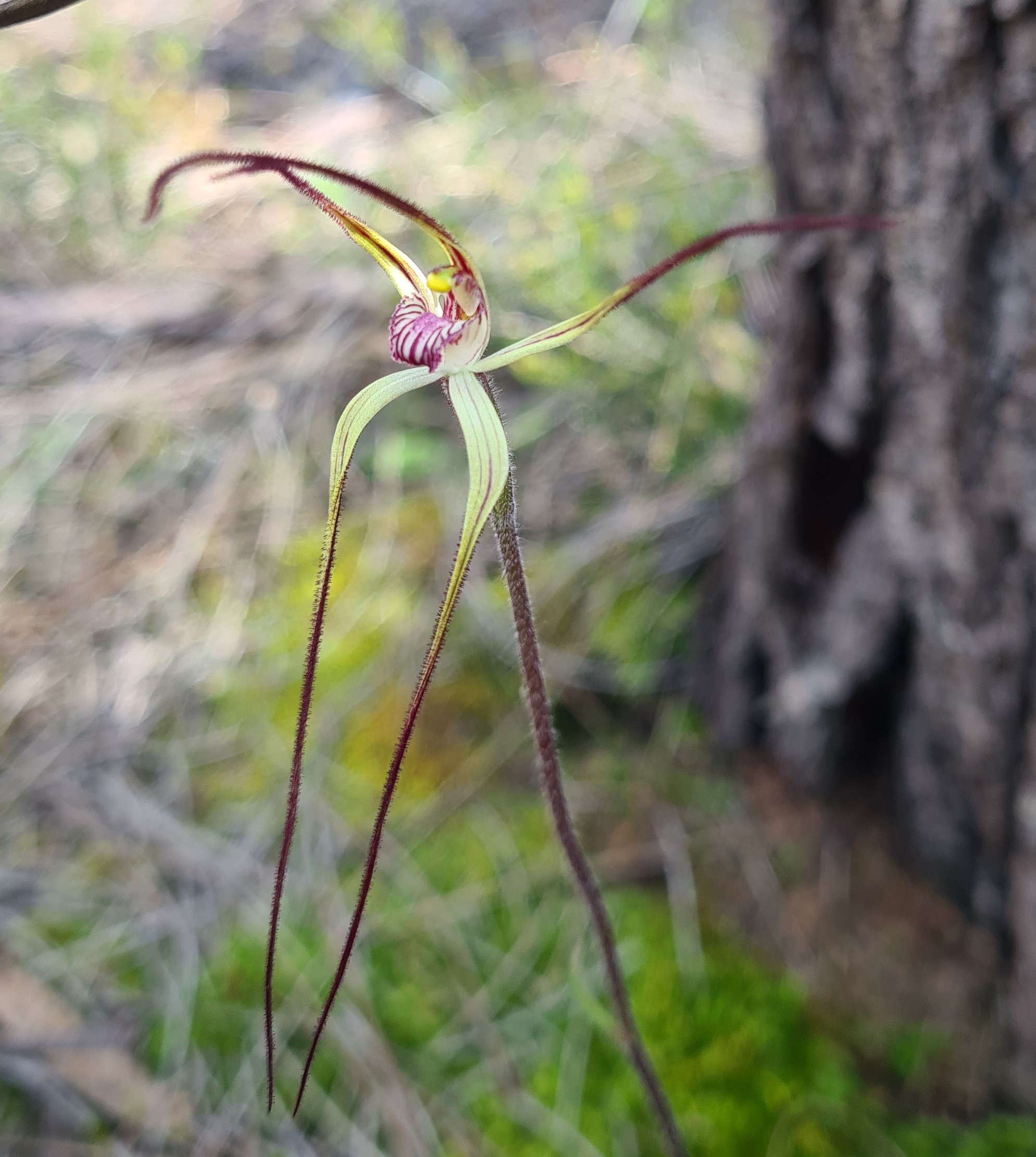
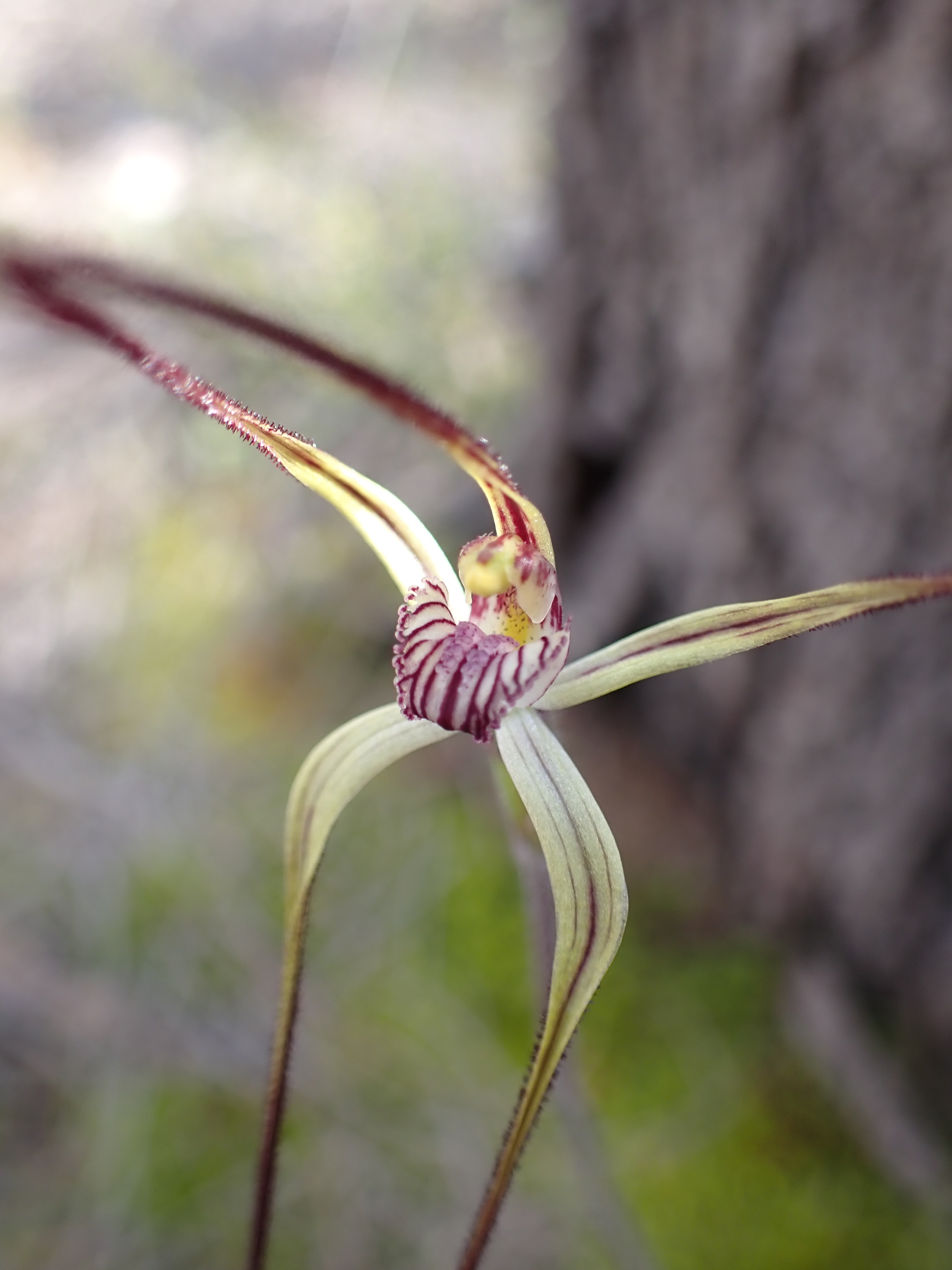
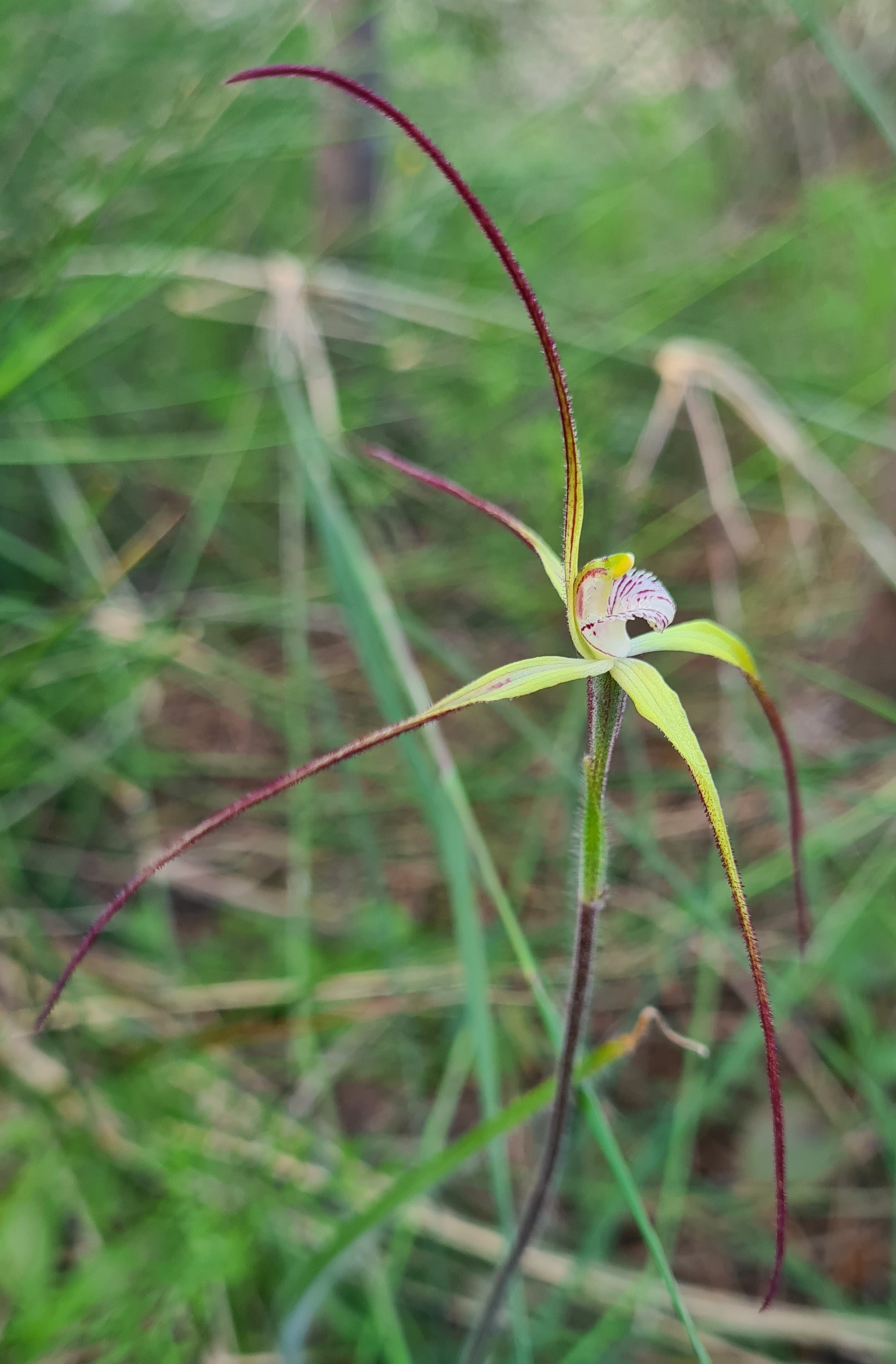



Getting late so we had better move on. We did not get far before pulling into Sugg Rock Road to visit Kathleen Nature Reserve. We just park up on the road verge and head into the reserve to hopefully find some orchids. We do find some but not in great numbers. The first orchid found was another spider orchid, which I believe is another Joseph’s spider orchid. This was followed up by two headed one tangled together. Then yellowish coloured ones are found.
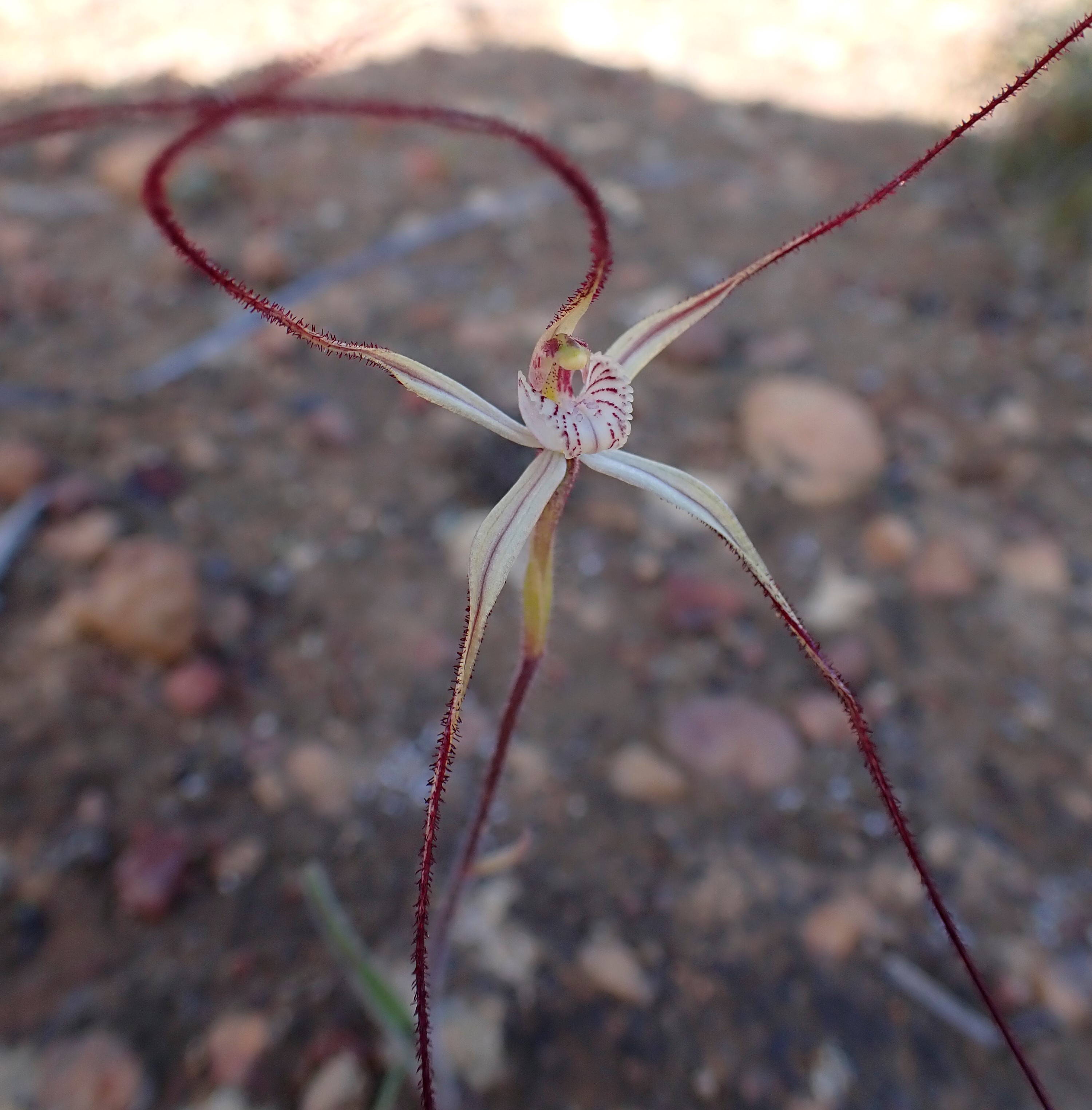
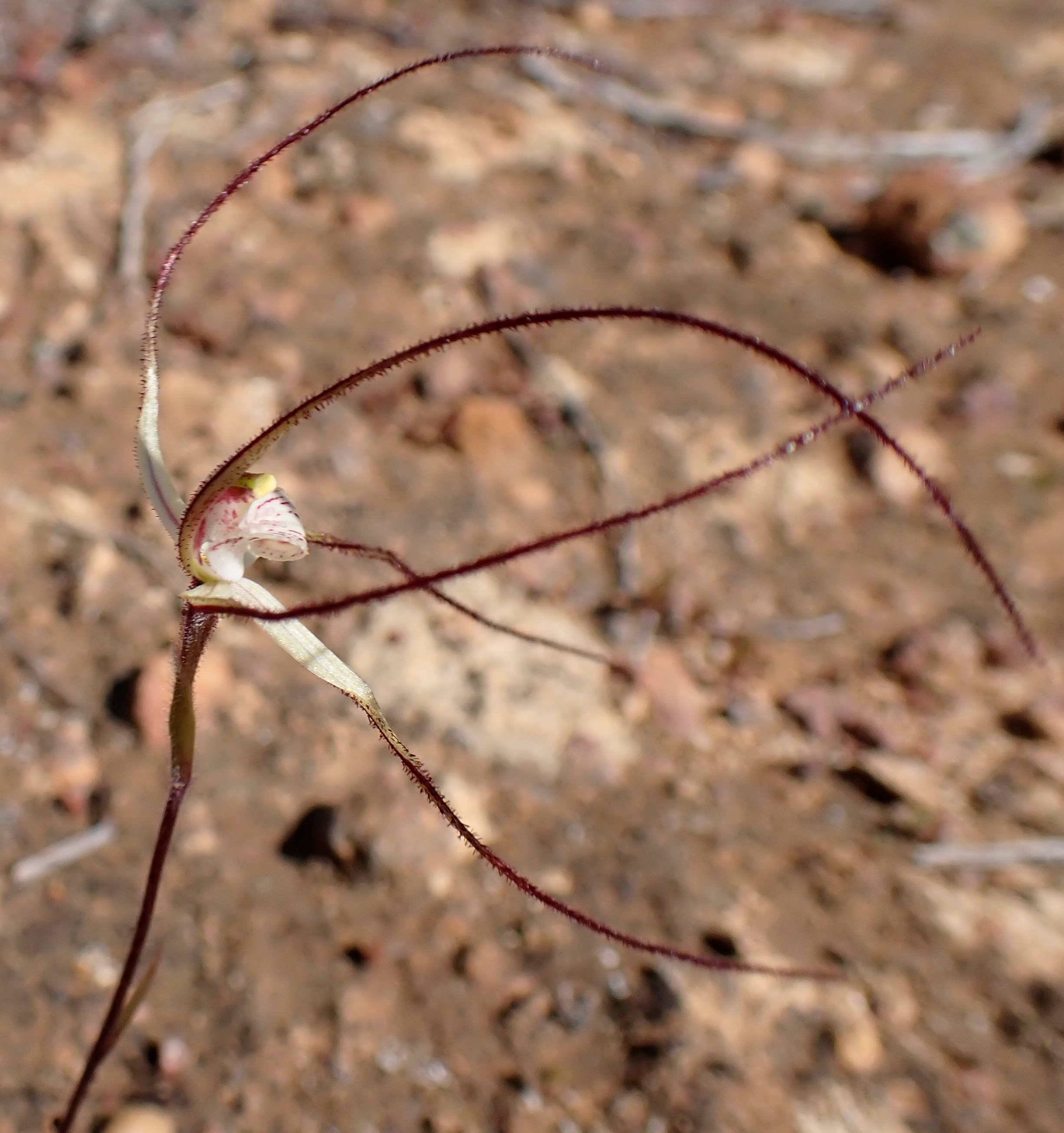



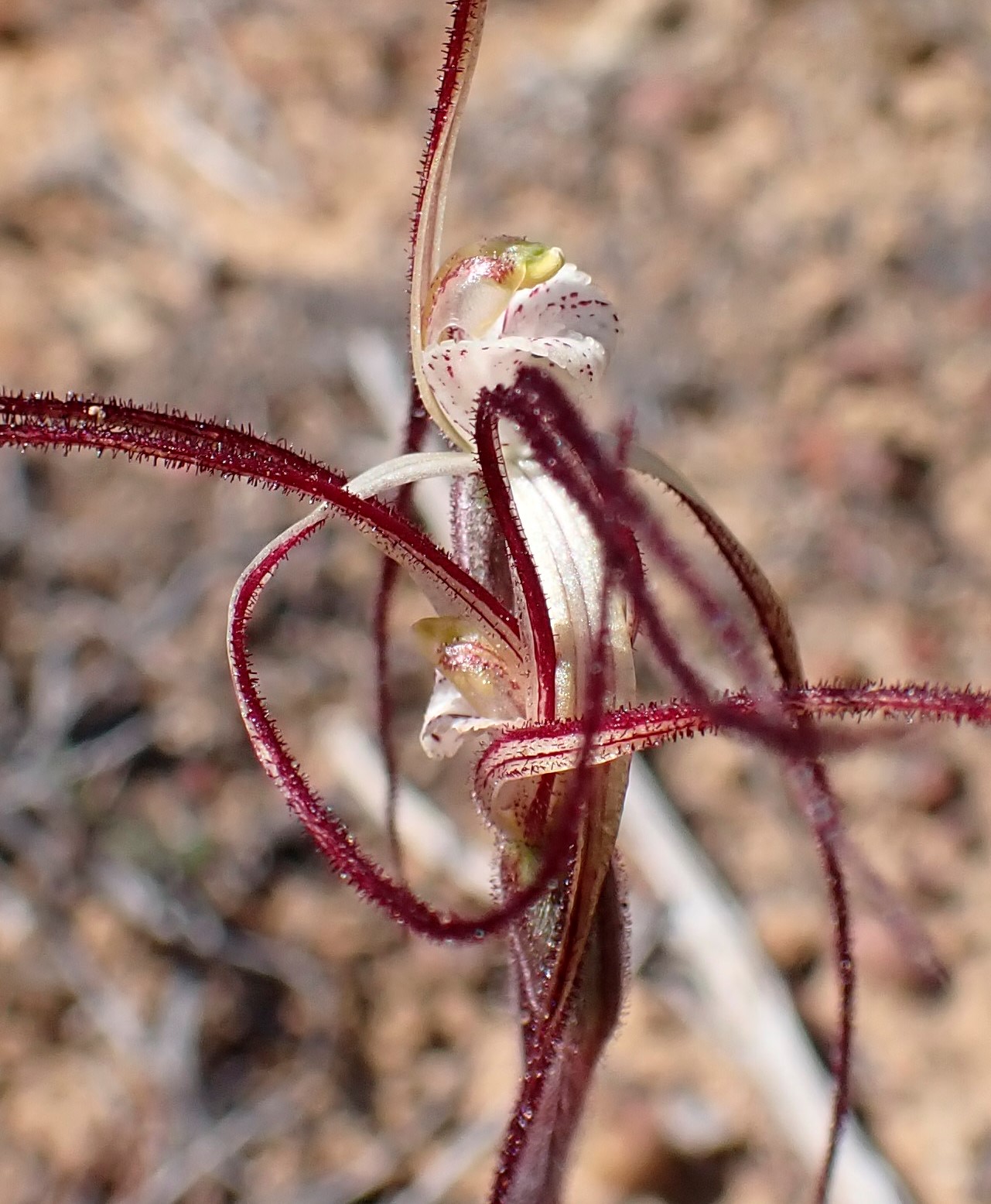



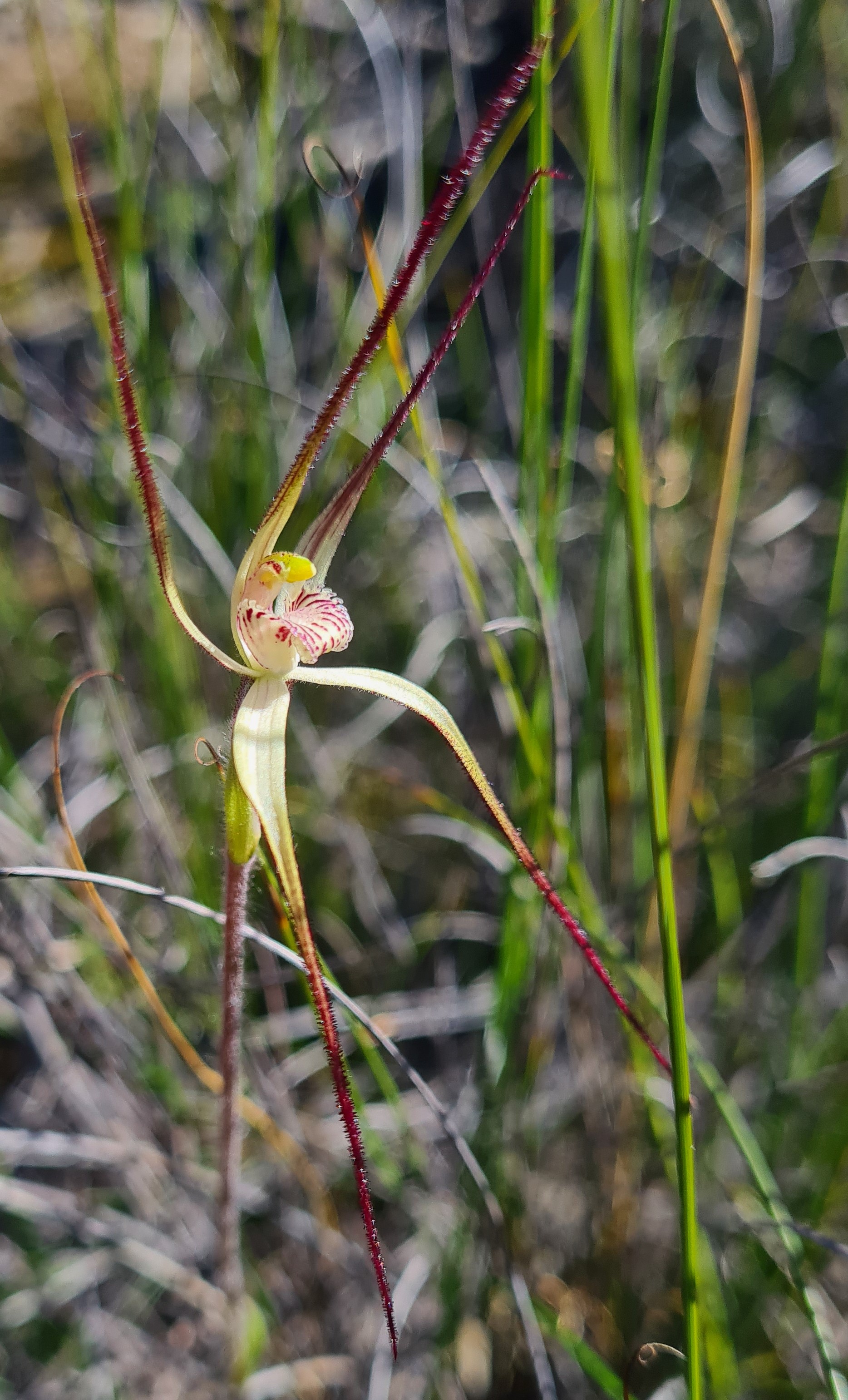

Then we find an orchid that was once included in the Caladenia genus but in Western Australia it has been added to its own monotypic genus, Ericksonella. The Sugar orchid is a distinctive white orchid with horizontally held lateral sepals.
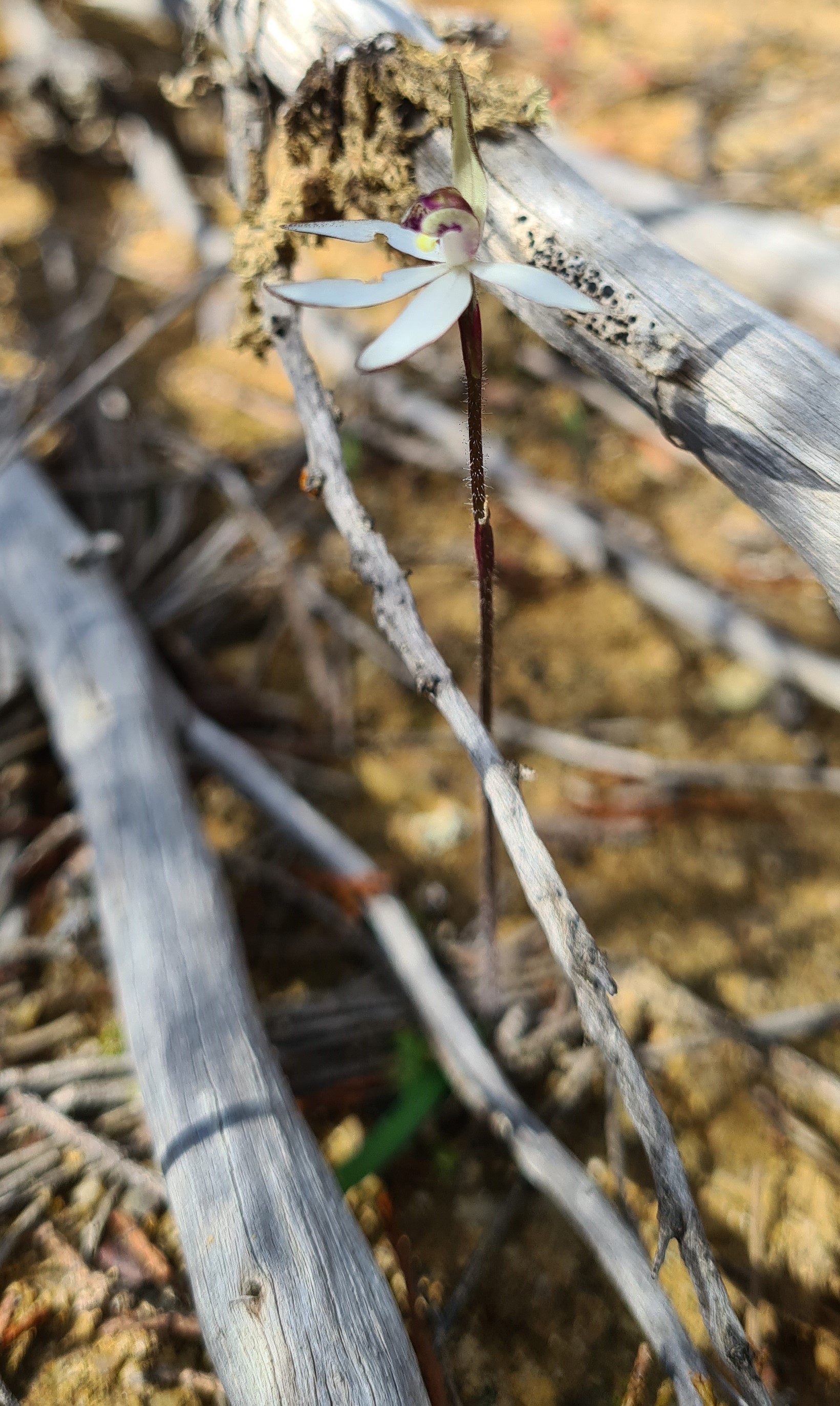
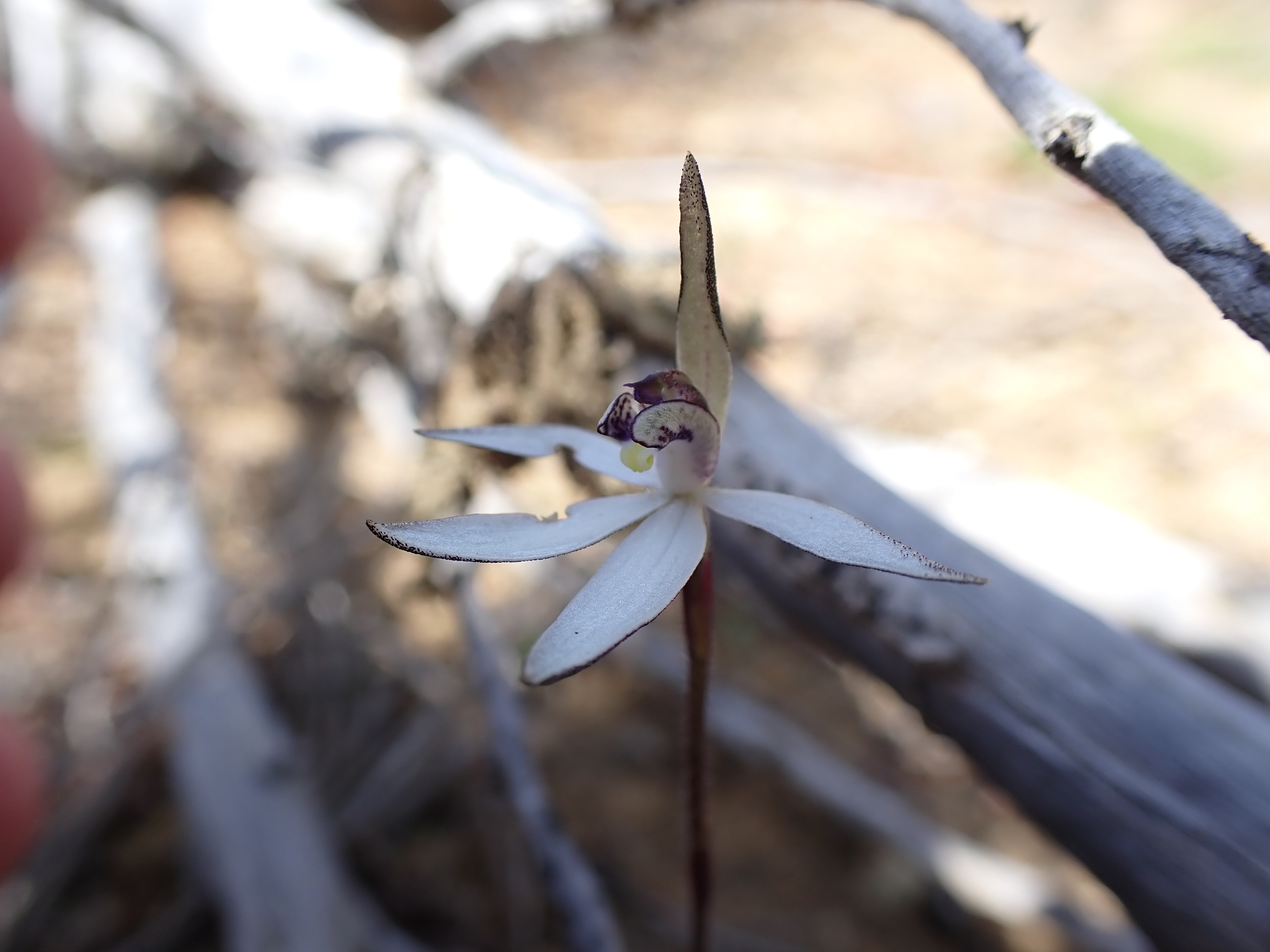

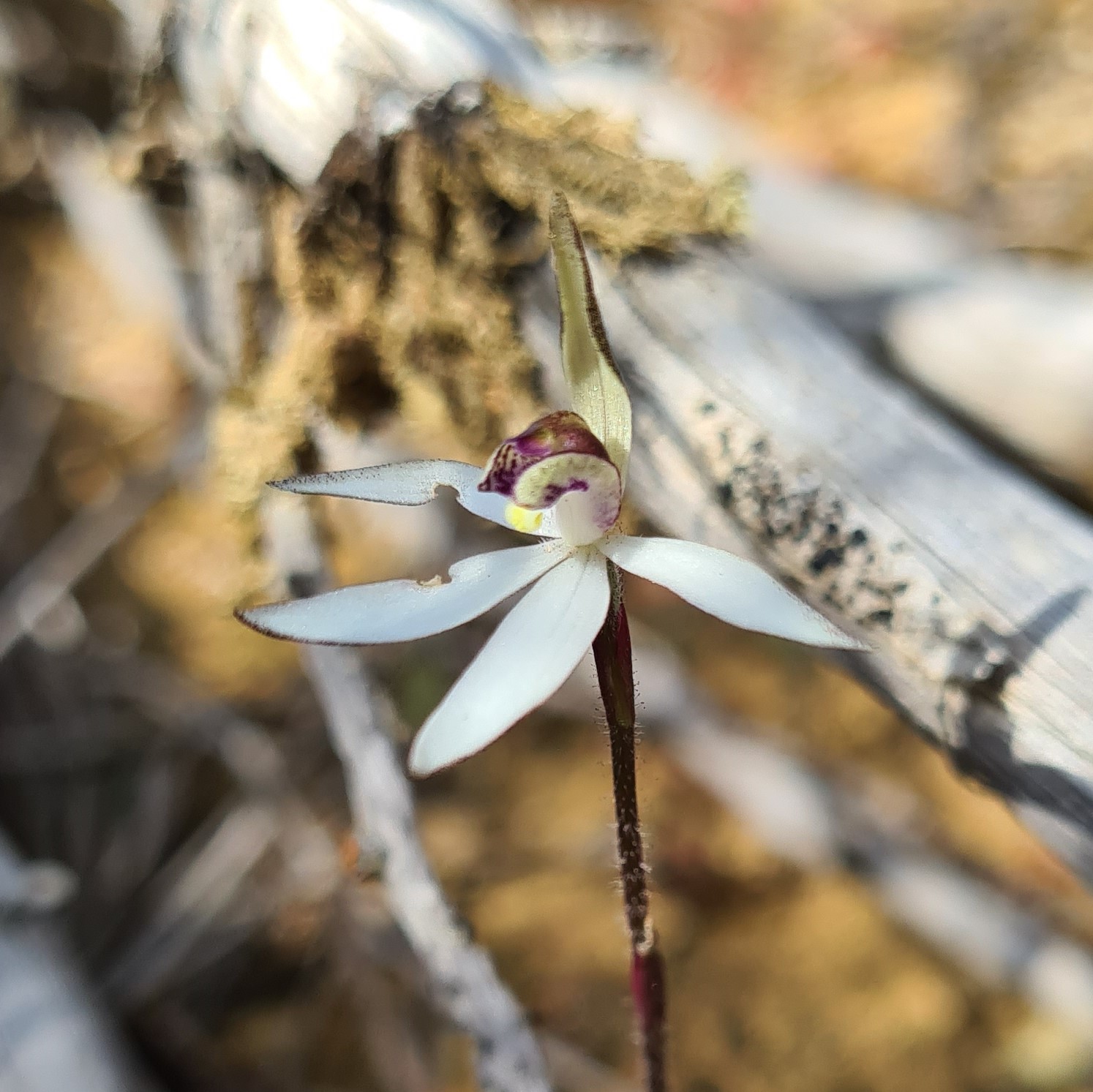
The next three orchids found belong to the genus Pterostylis. First up the ever-reliable Jug orchid (Pterostylis recurva) is found. Then we find a good patch of Midget greenhoods (Pterostylis mutica) growing in numerous spots. Finally, the equally small Little frog greenhood (Pterostylis occulta) which was only named as a distinct species in 2021.
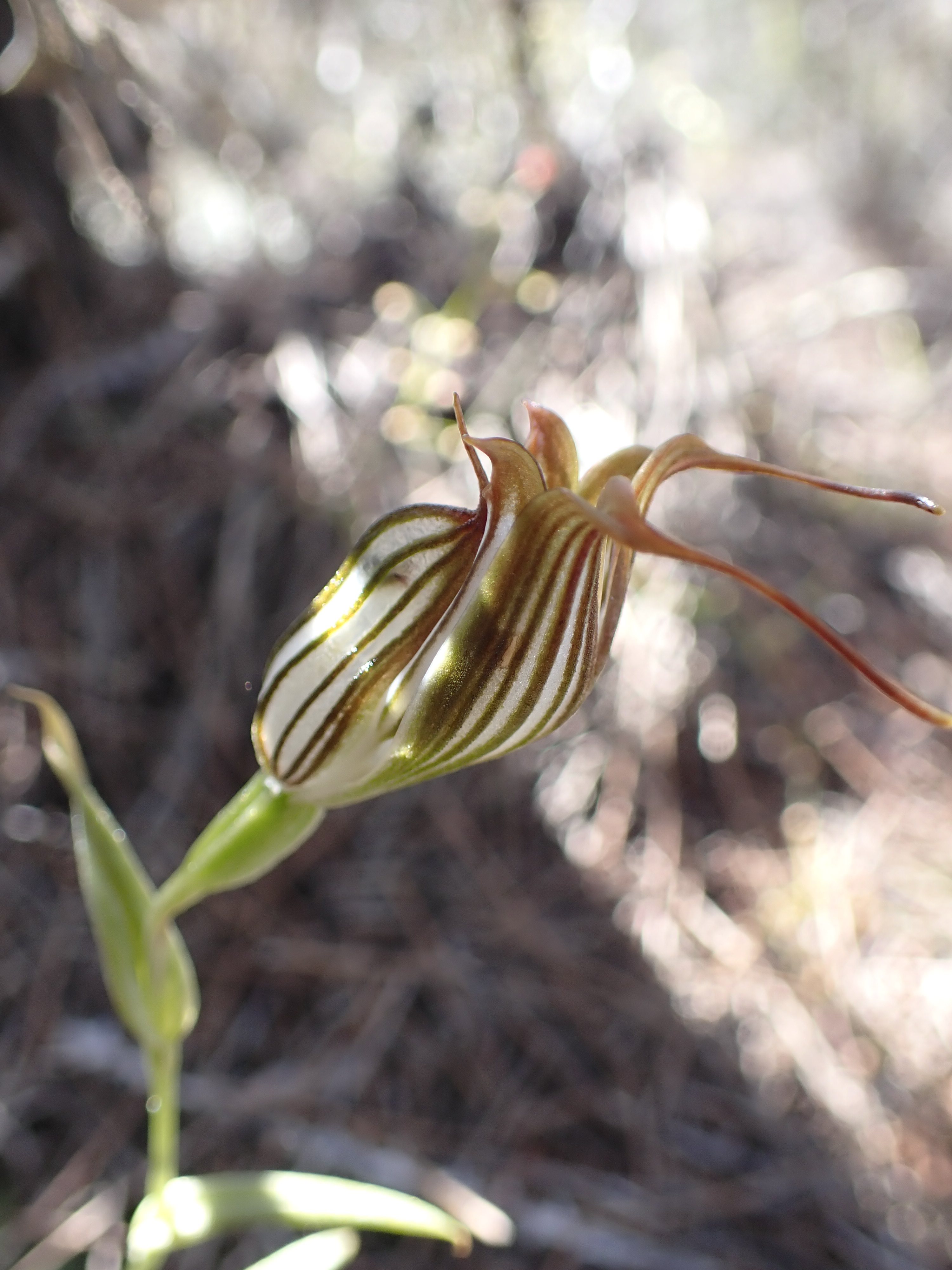
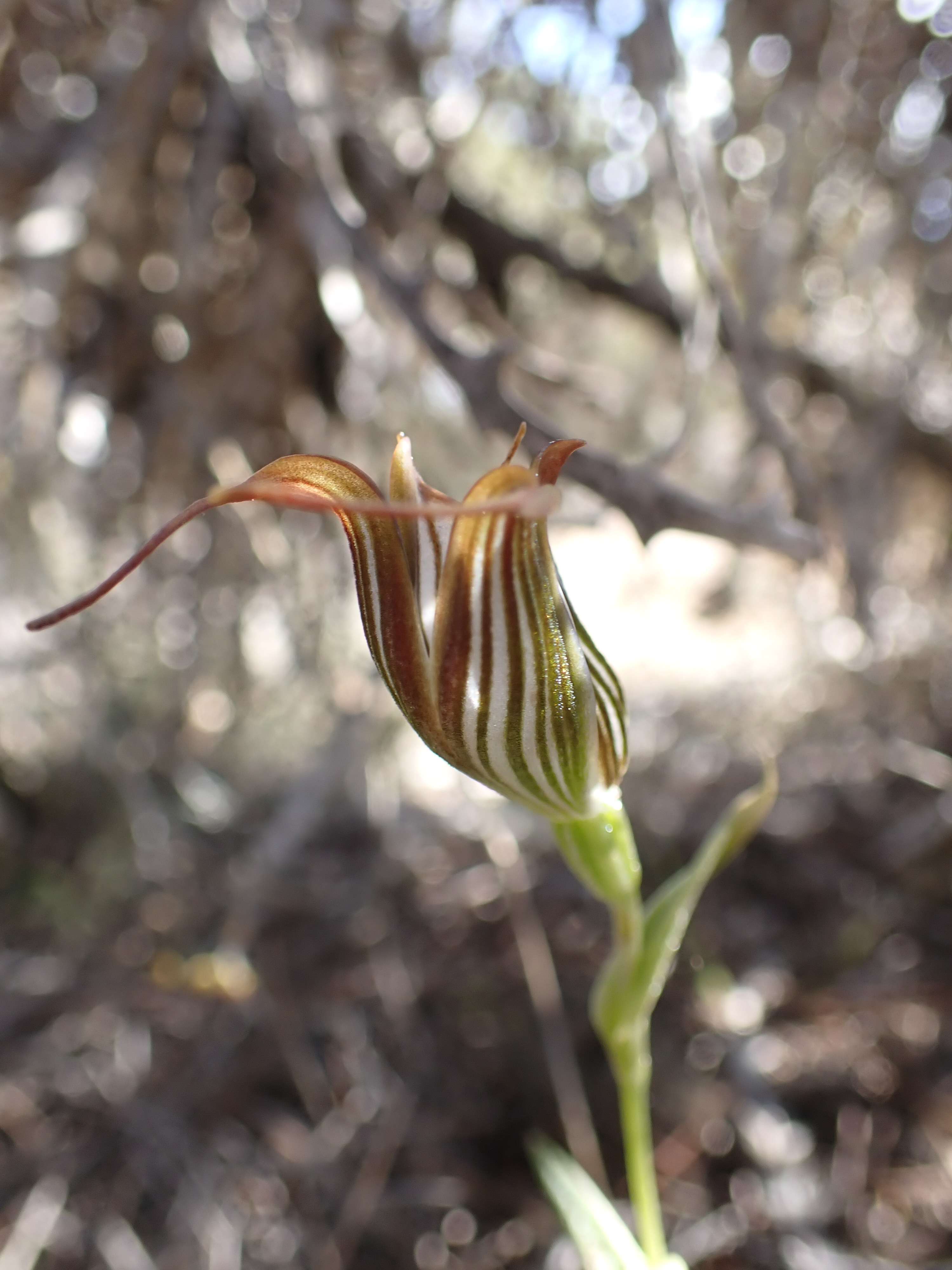


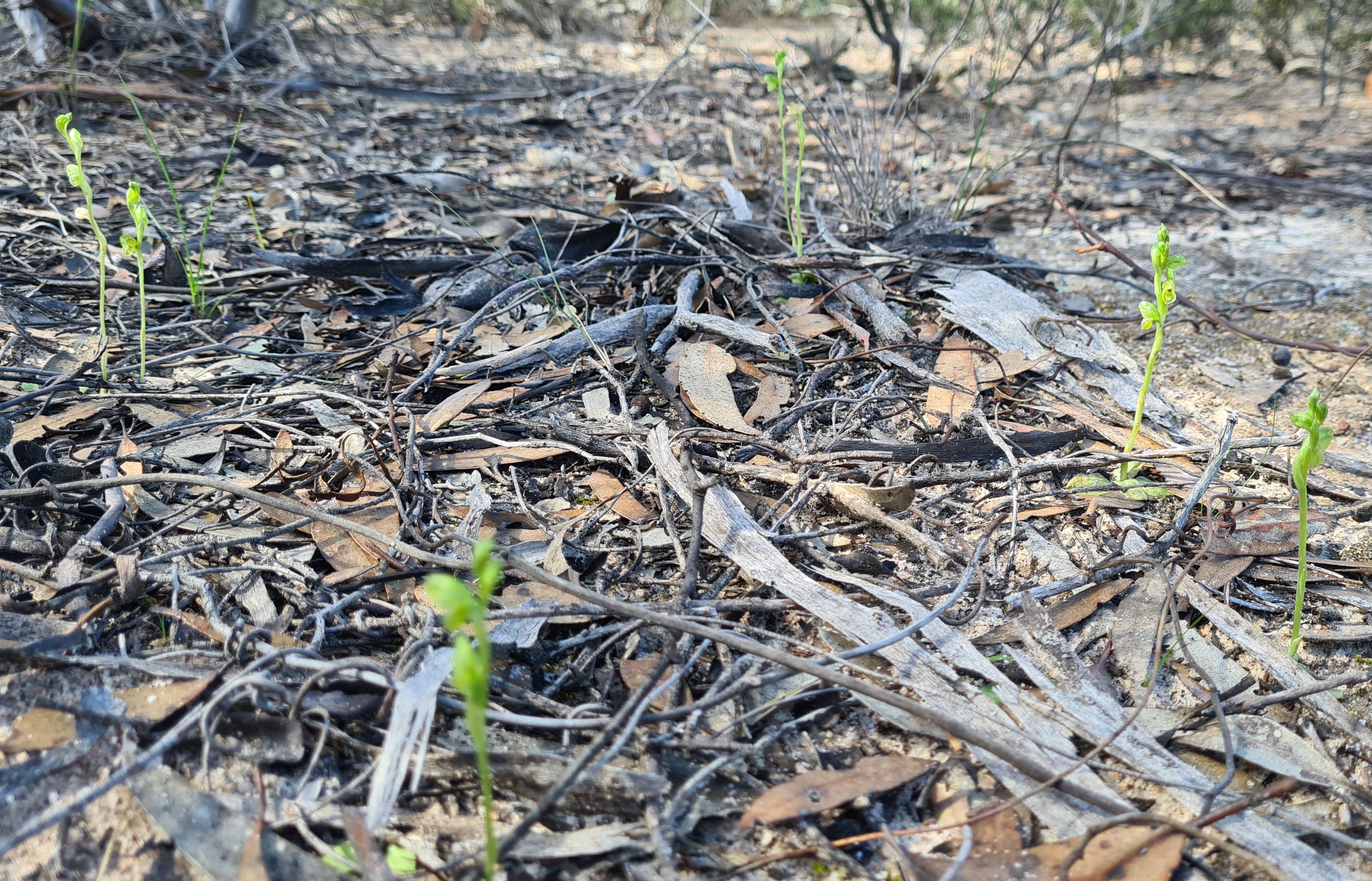
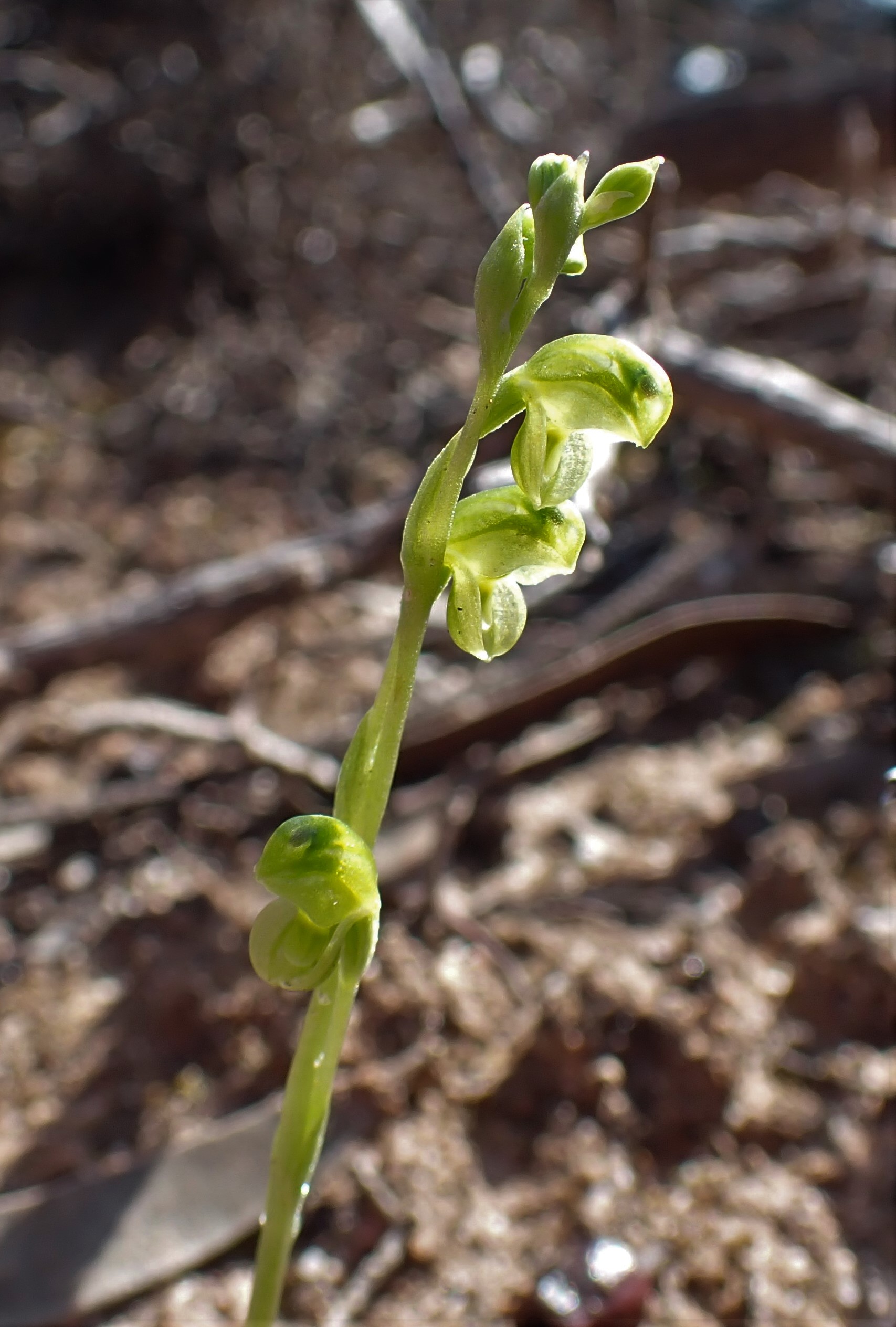

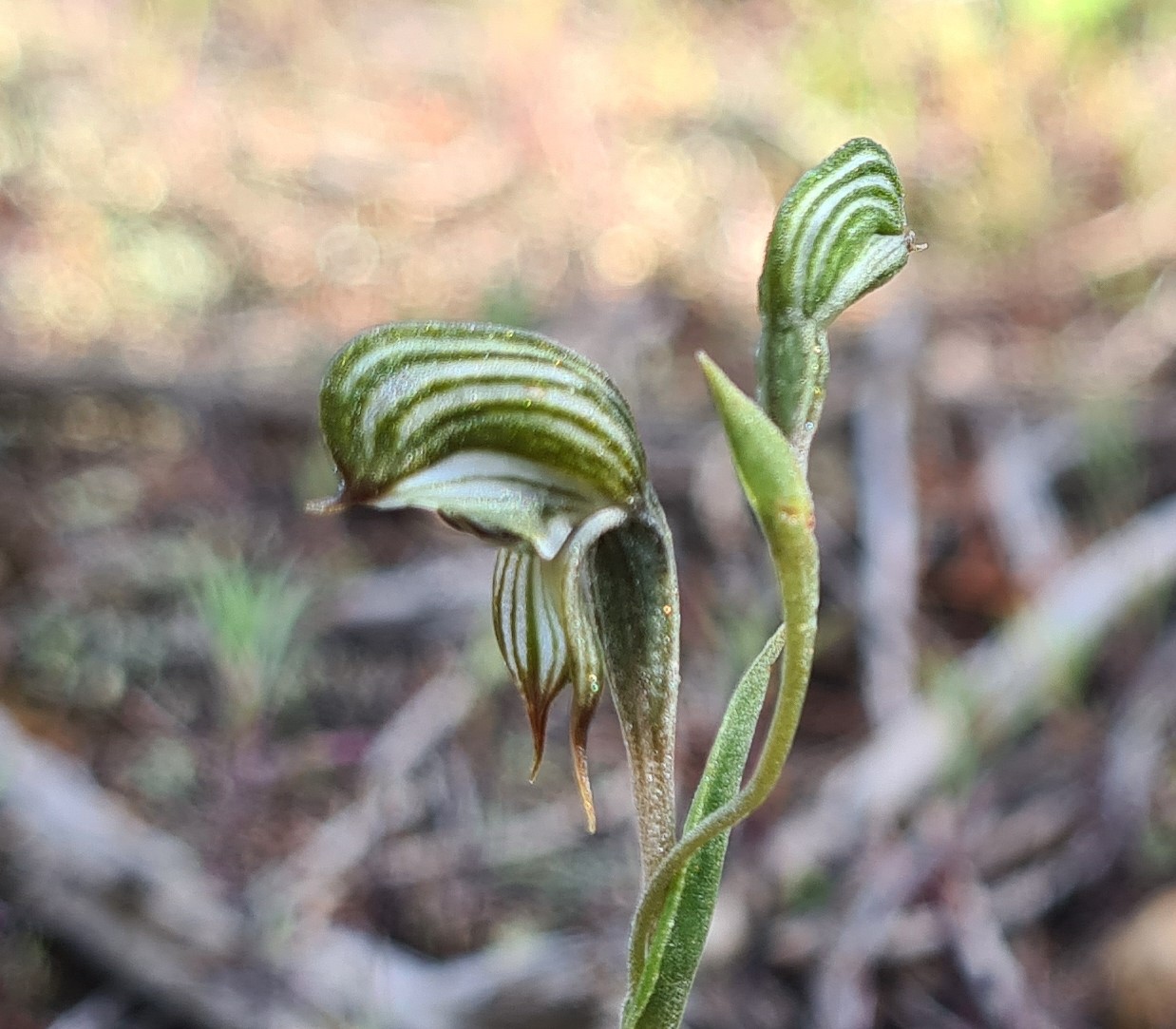
We are getting a pit peckish and plan on a counter lunch at Lake King Tavern, so we push on. However, on reaching the main road we notice a sign pointing west indicating Sugg Rock dam, so we cross the road to check it out. We did not find the dam but decided to check out the bush as it was a bit more open than in the Nature Reserve. We find some familiar orchids so take a photo to record the location and keep searching.



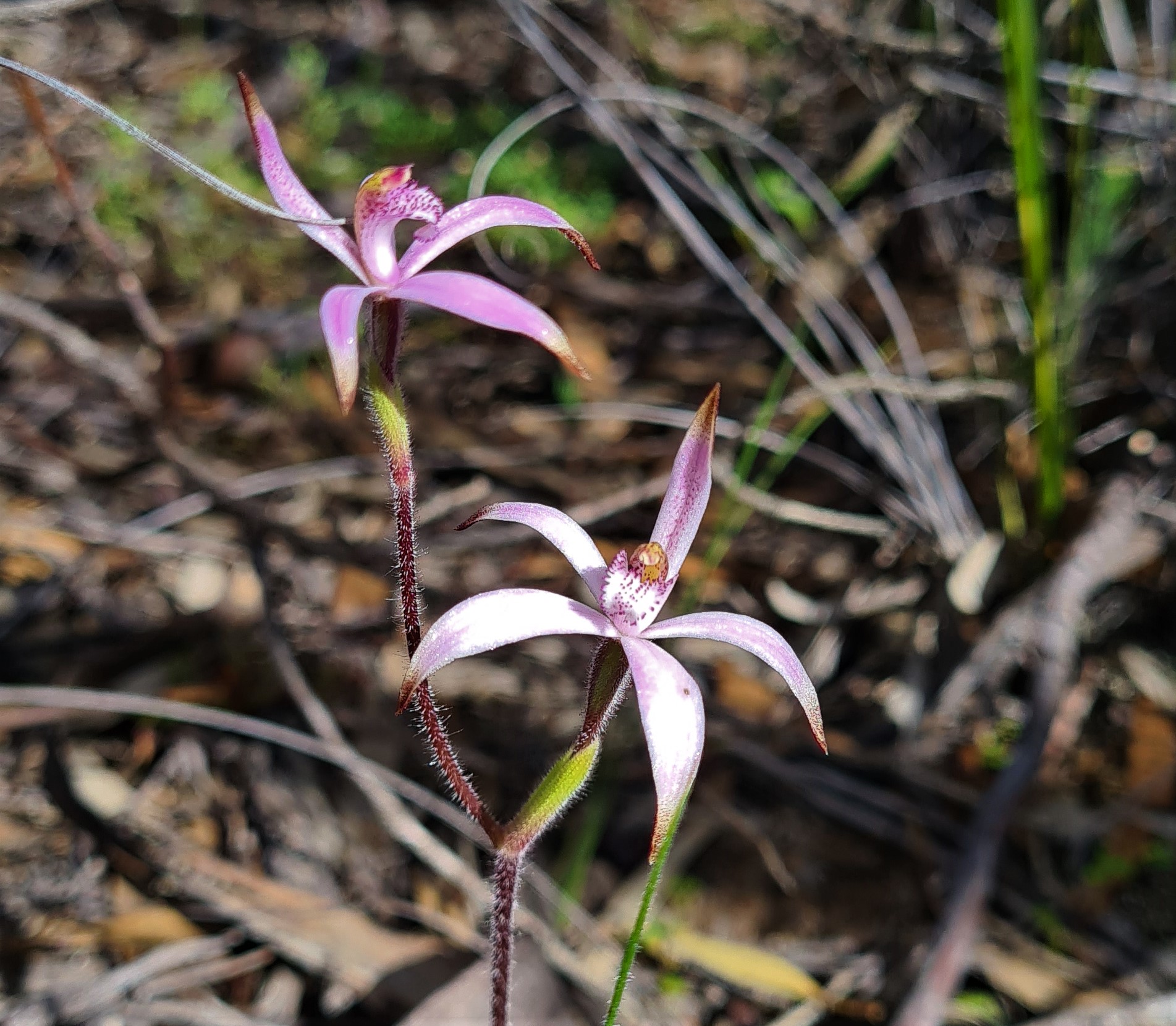
More spider orchids are found which appear to be more Joseph’s spider orchids.

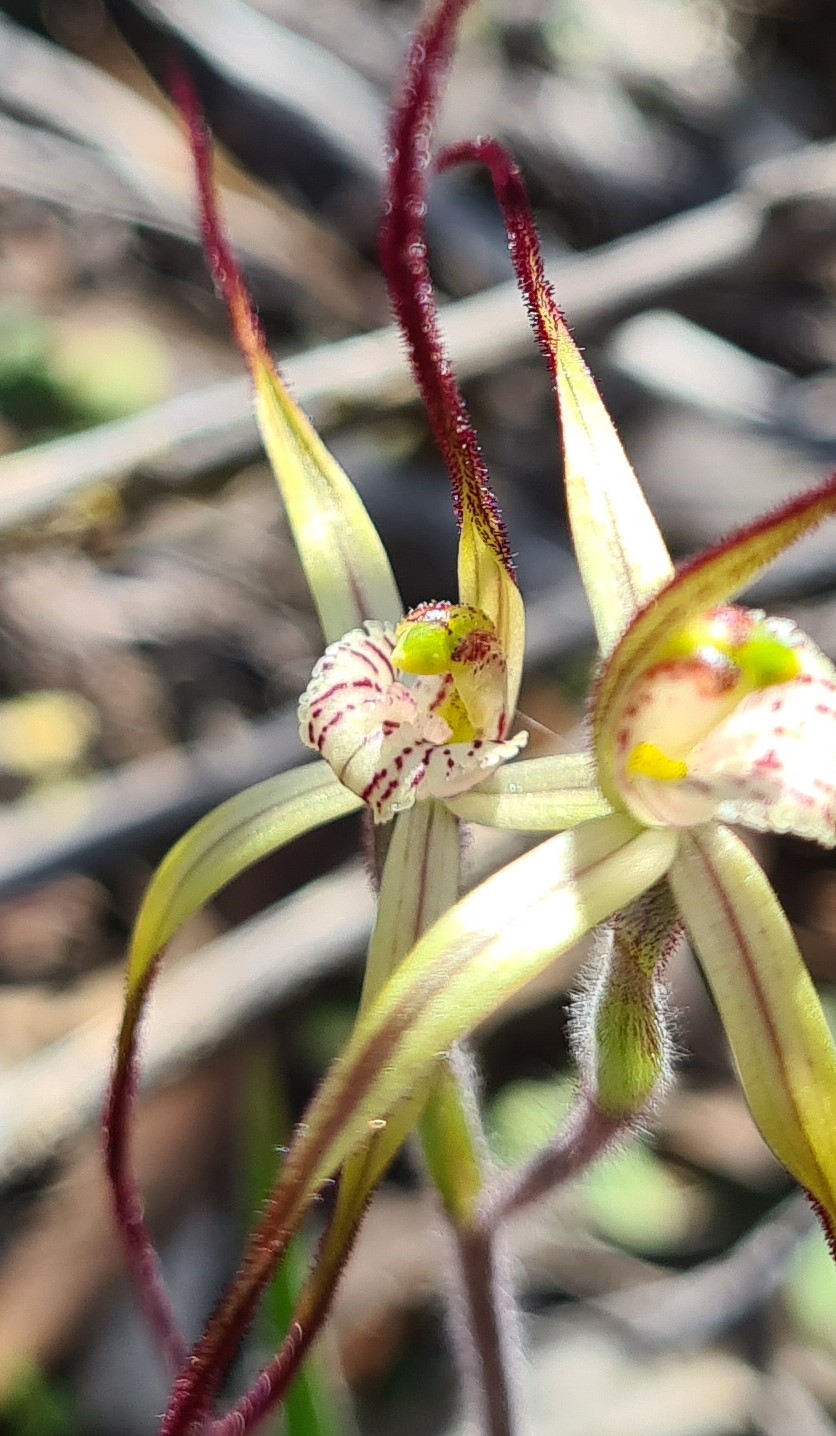
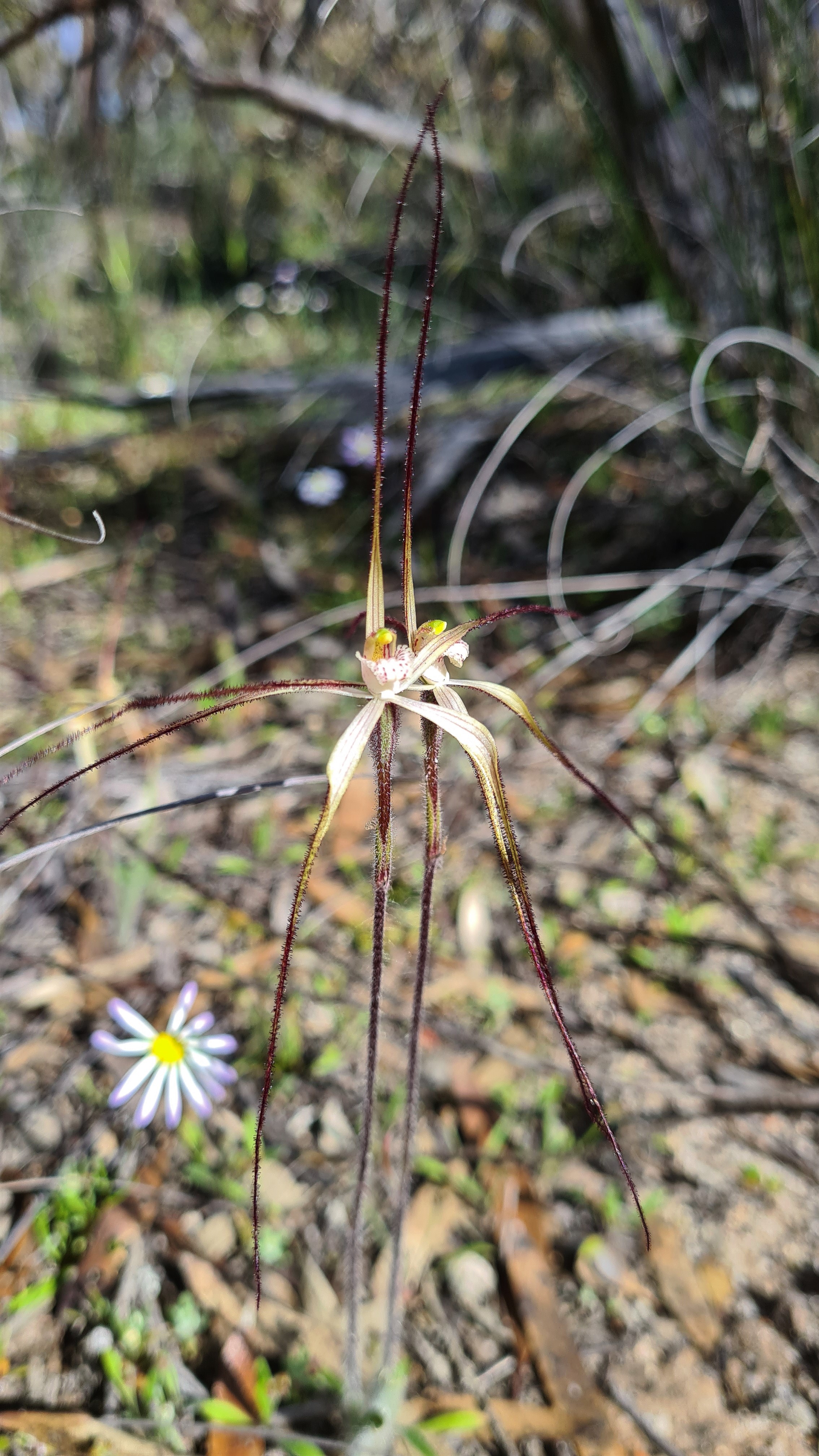
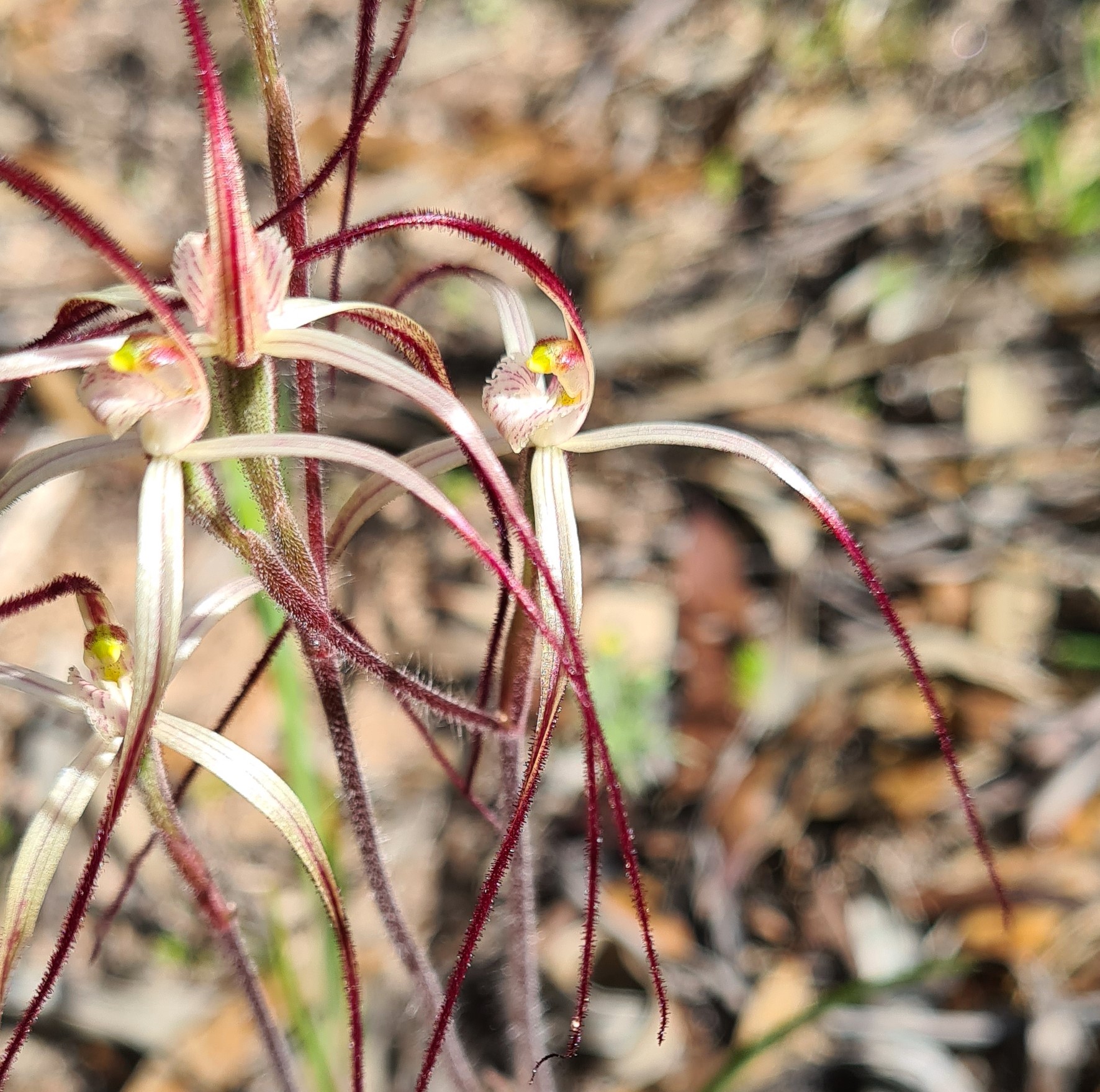
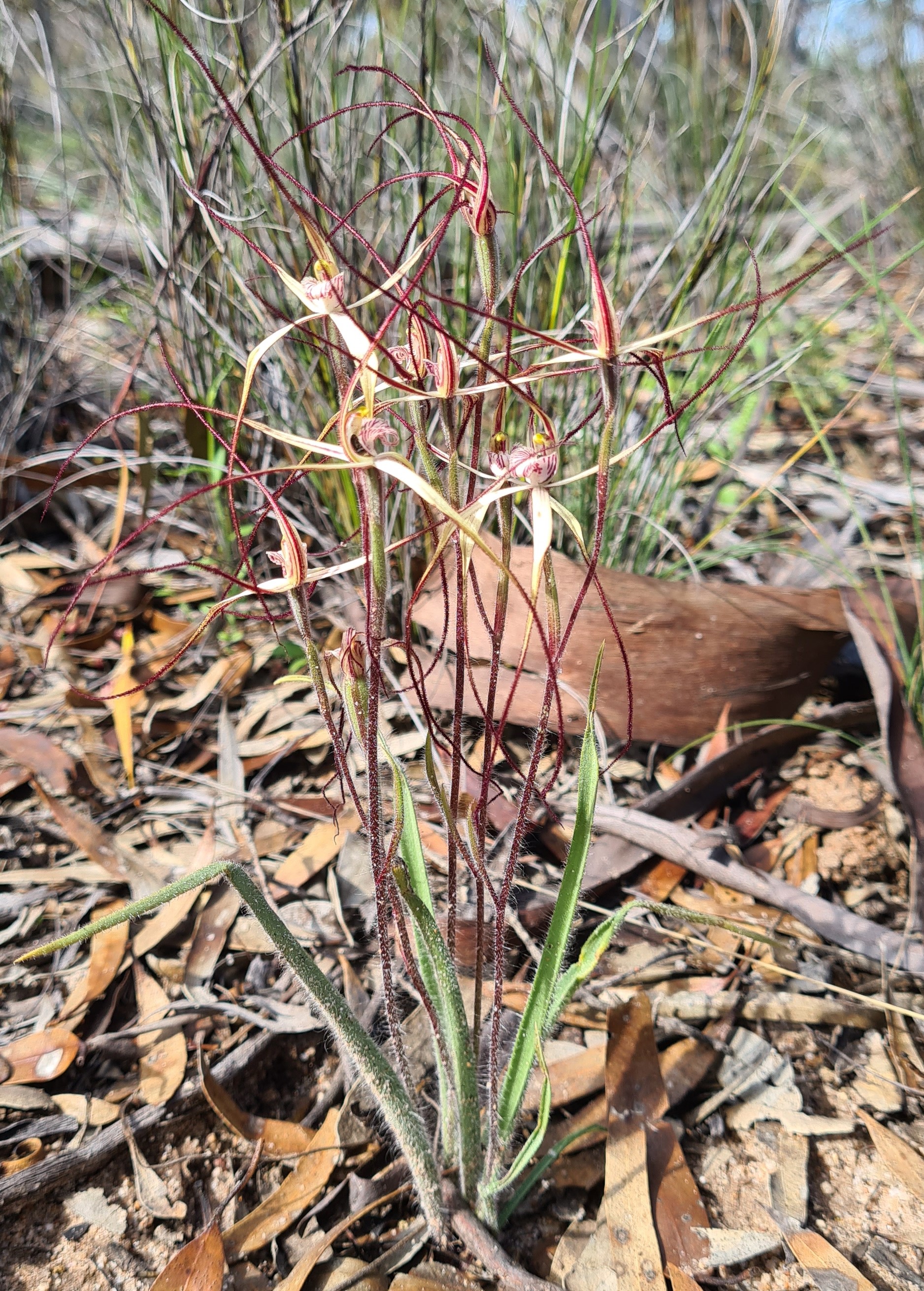

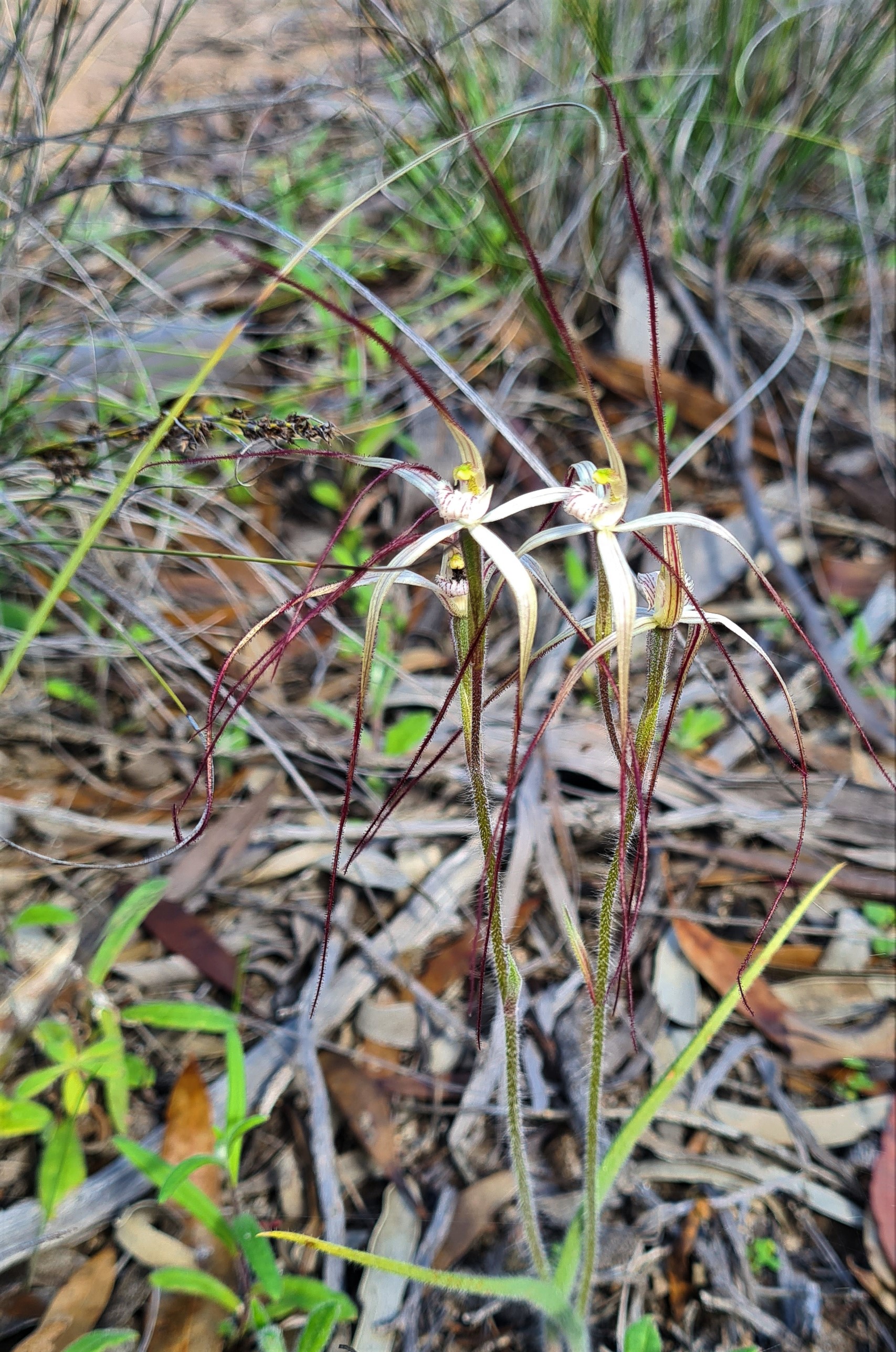

Final couple of orchids found were more Pterostylis ones. A lone greenhood that was fertilised a while ago and a lone good quality shell orchid. The shell orchid is possibly a Green-veined shell orchid (Pterostylis scabra) which flowers May through August over a range from Kalbarri to Esperance.
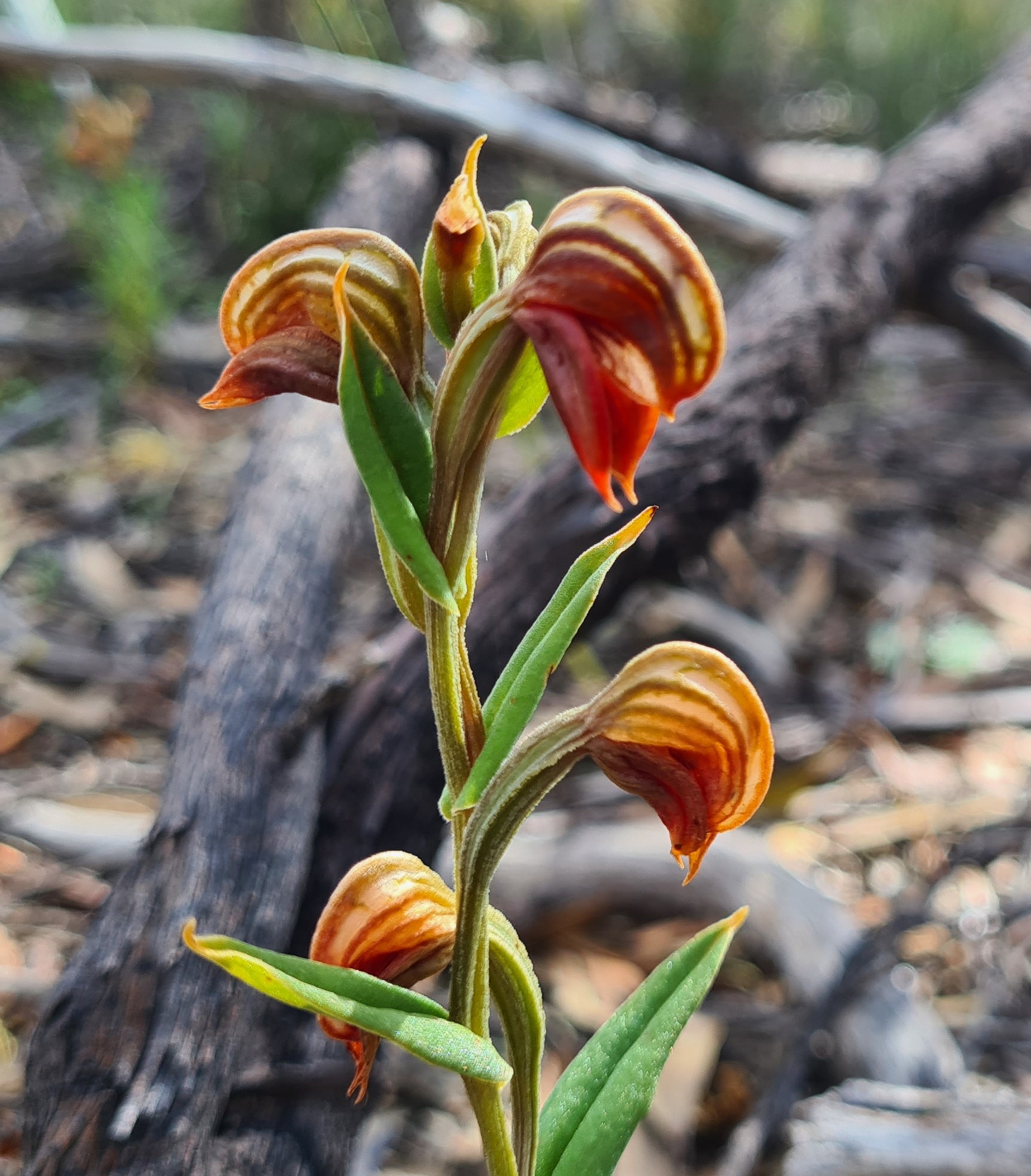
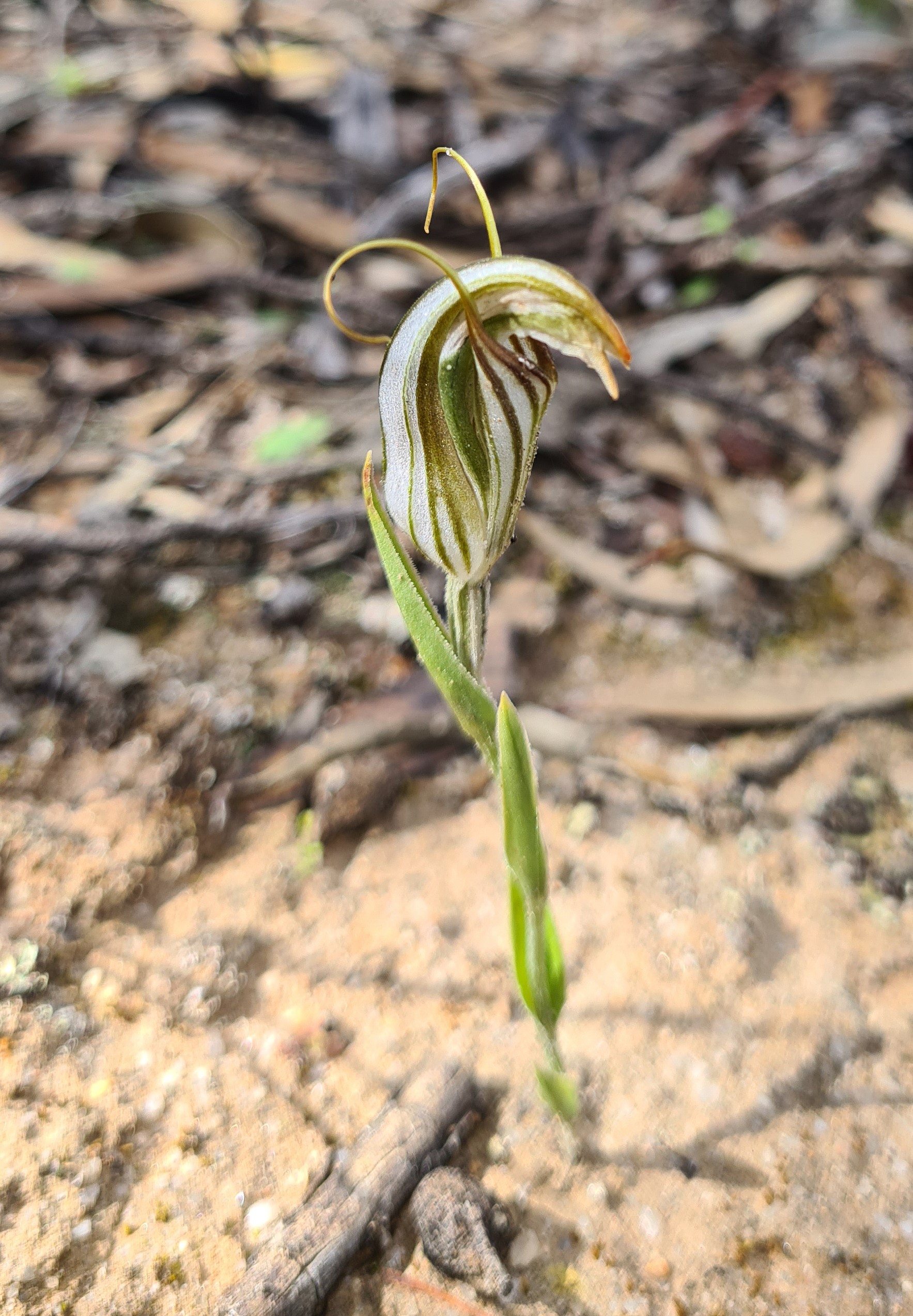

Now finally it’s time to go and grab some lunch. We enjoy a cold bevvy and hot counter meal at the Lake King Tavern, before heading south to our last planned stop of the 2022 road trip, Pallarup Nature Reserve. Our particular spot is Pallarup Rock picnic area, where we park up and head off on foot to find some orchids. First up the colourful Pink candy orchids are found. Quickly followed up by the Sugar orchids and Blue beards.
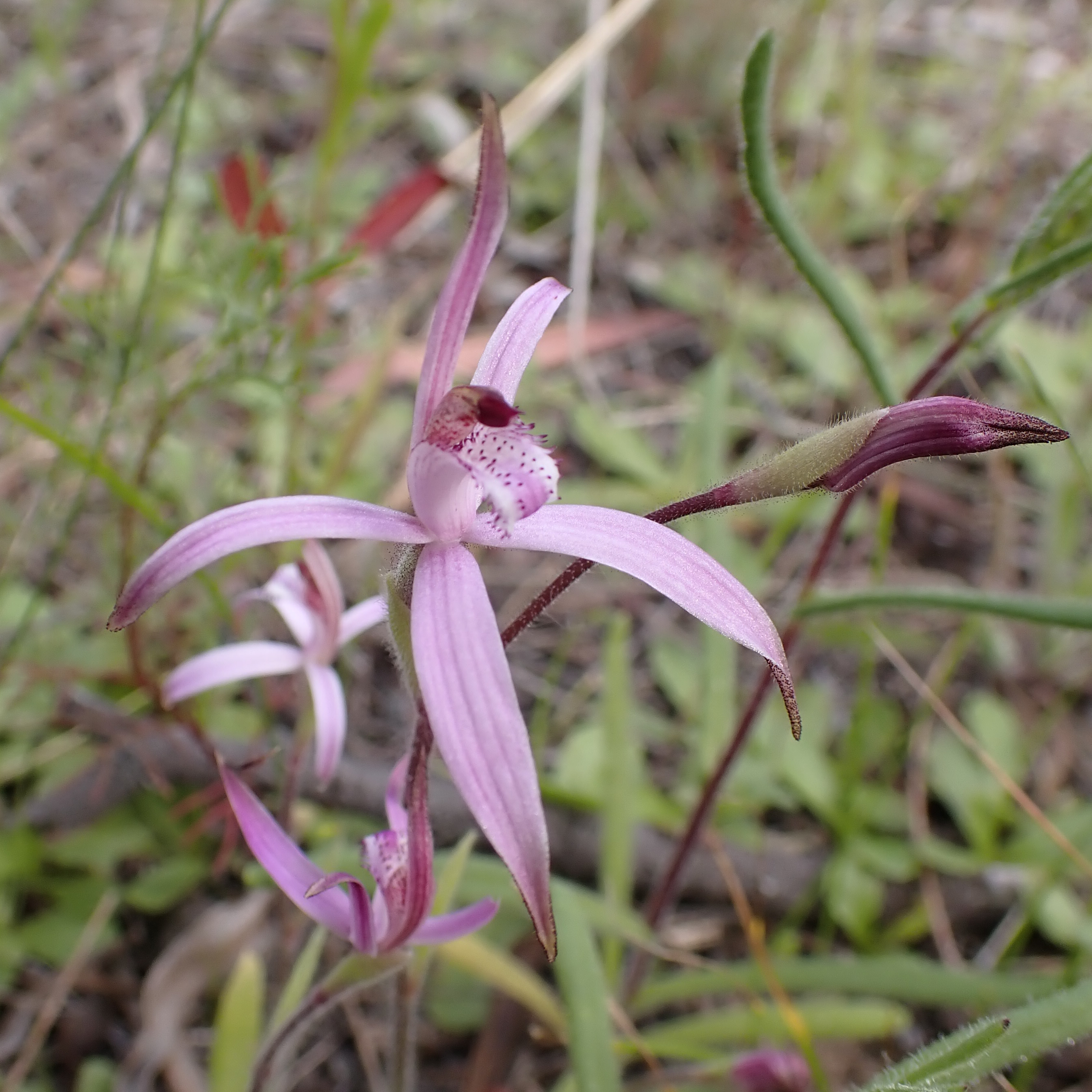

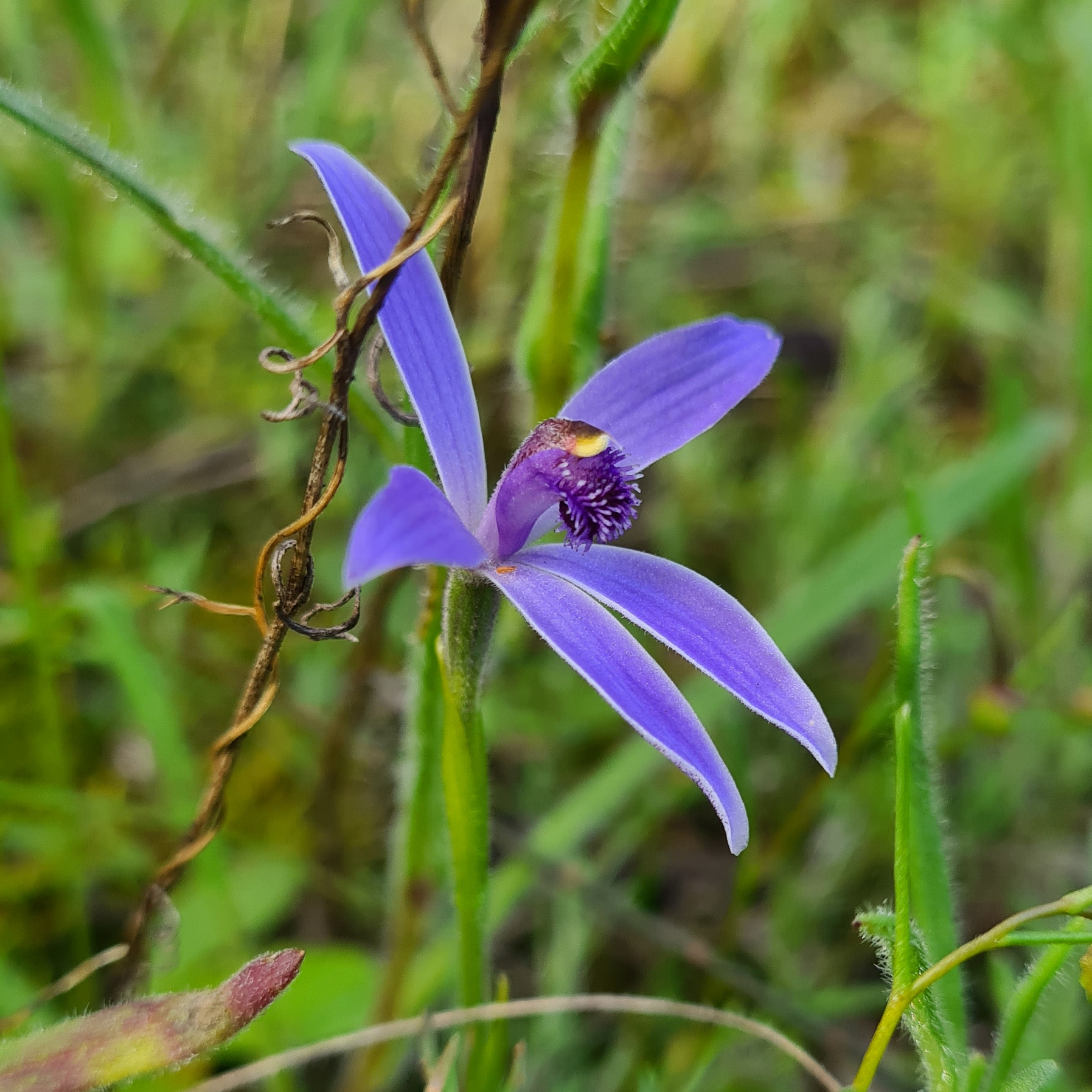
Then we moved along the track toward the rock, where we came across some spider orchids. First up were the small Joseph’s spider orchids, however we also found the larger Pallarup white spider orchid (Caladenia longicauda subsp. ‘Pallarup’) which grows over a restricted range between Lake King and Ravensthorpe, growing in sandy soil on the margins of granite outcrops.

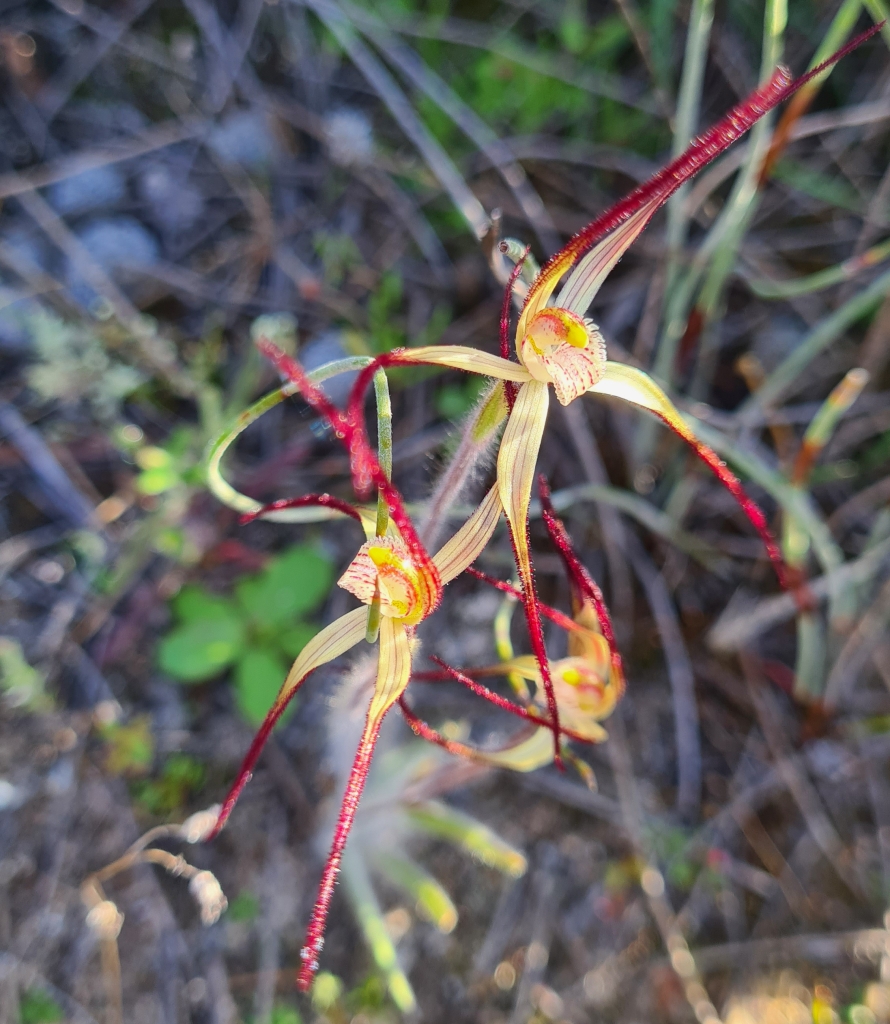
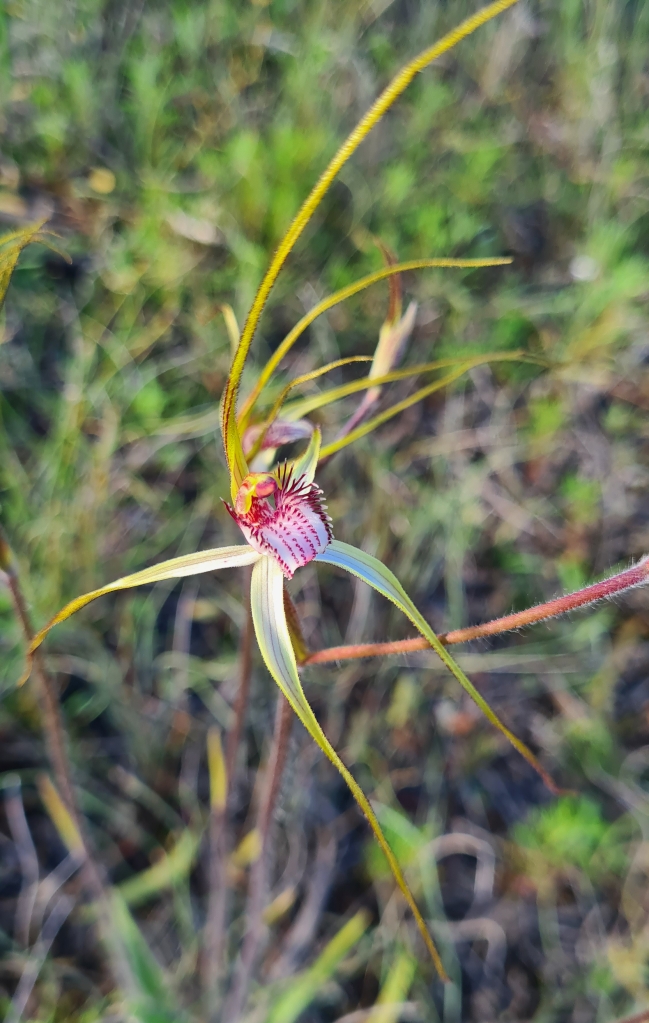
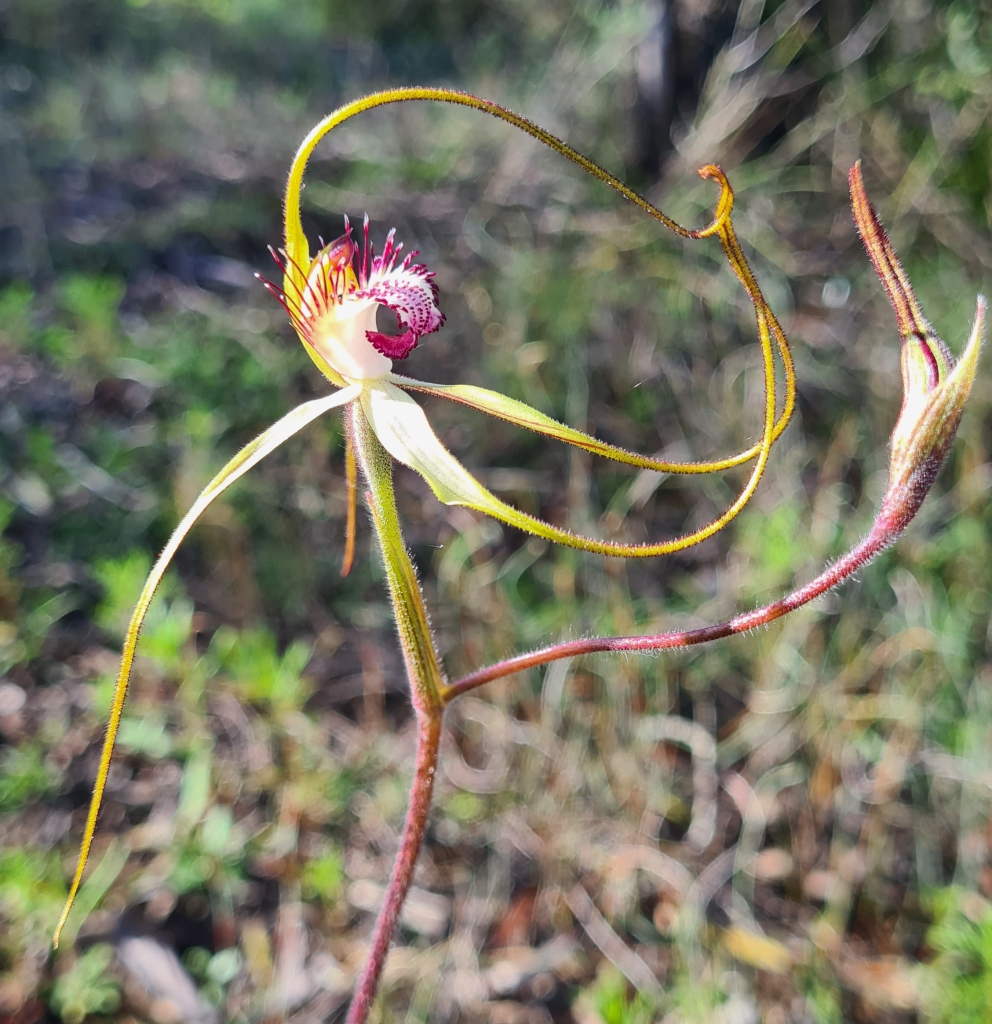

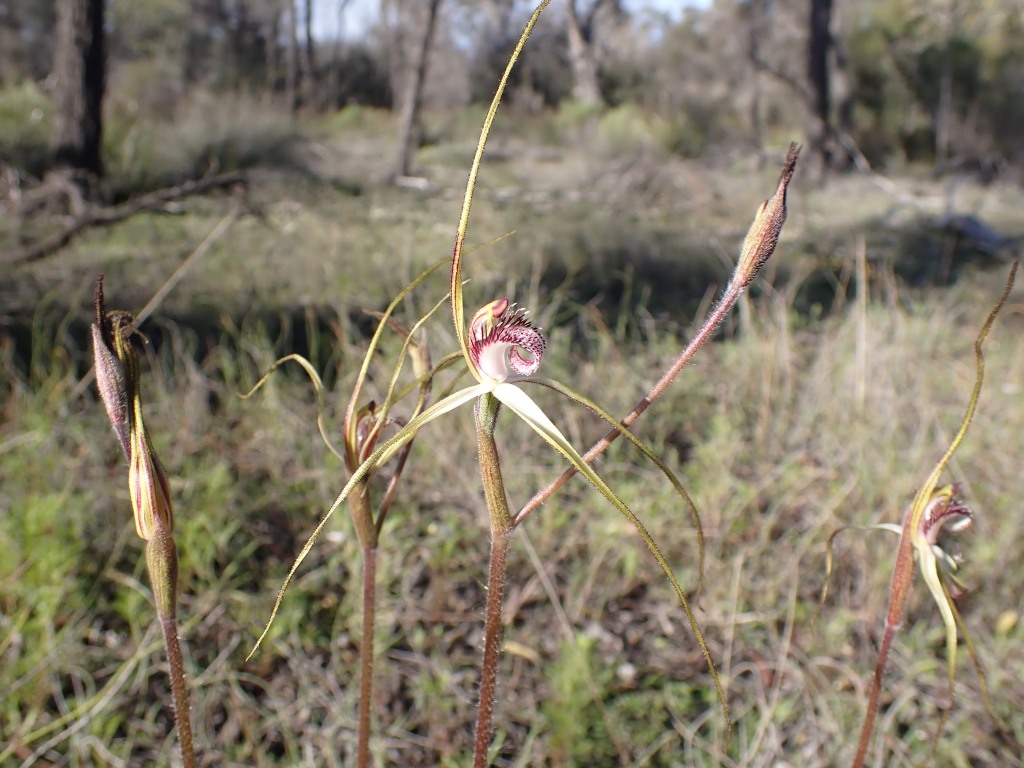

We venture onto the rock but not much catches our eyes, so we loop back into the surrounding bush and we find more orchids, this time from the Diuris genus. The South-coast donkey orchid (Diuris brockmanii) is found between Ongerup and Esperance during the months of June to August. I feel confident on this ID based on the location and the bright yellow colouring of the flowers, as the other possibility is a pale yellow in colour (D. brachyscapa).
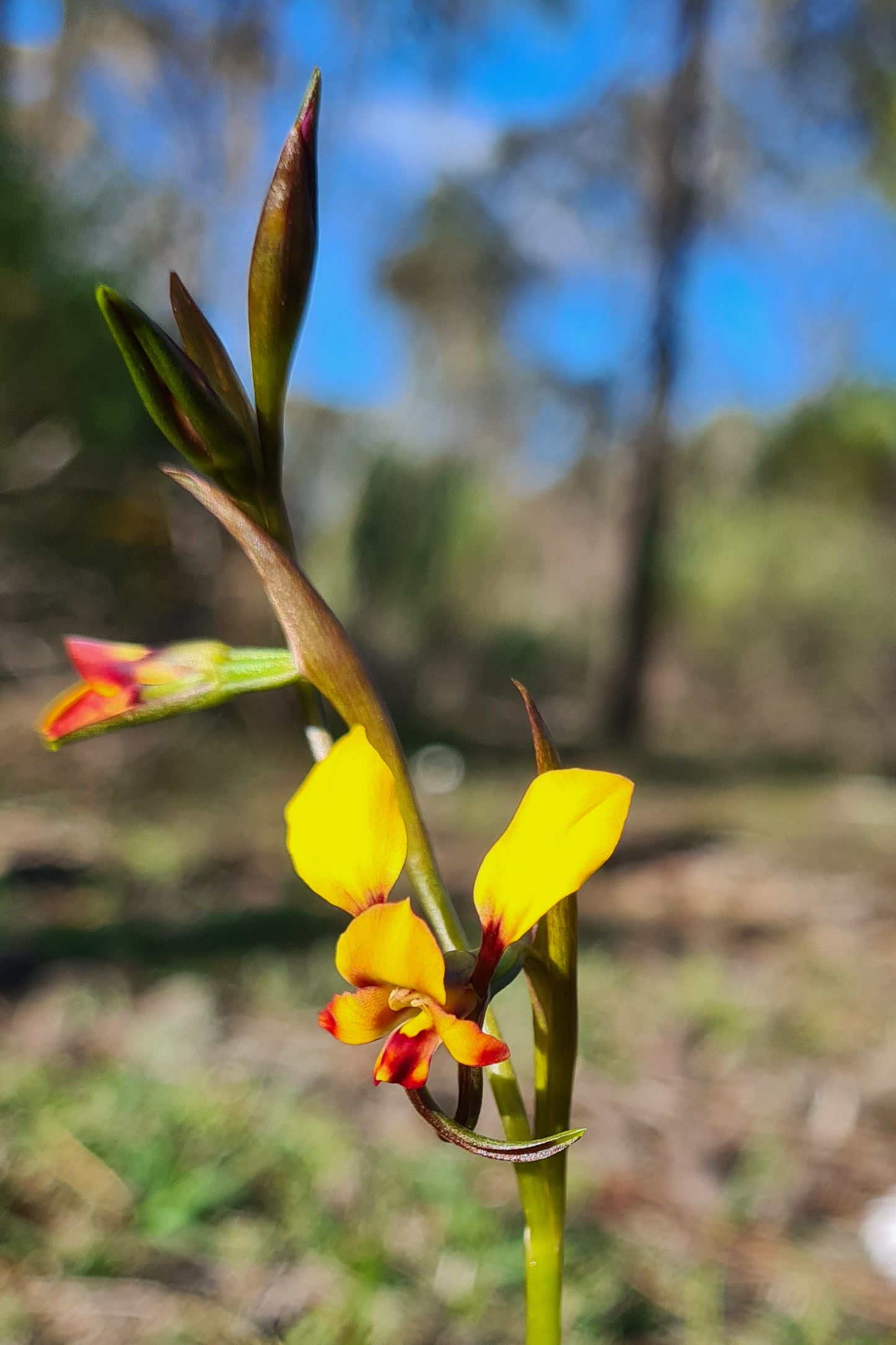




More various orchids found including more Sugar, Bluebeard and Pink Candy orchids, plus a nice Jug Orchid and a very special Lutea or hypochromic candy orchid. As usual Pallarup Rock area always has something flowering during the season. It was a fitting place to end our 2022 Road Trip.



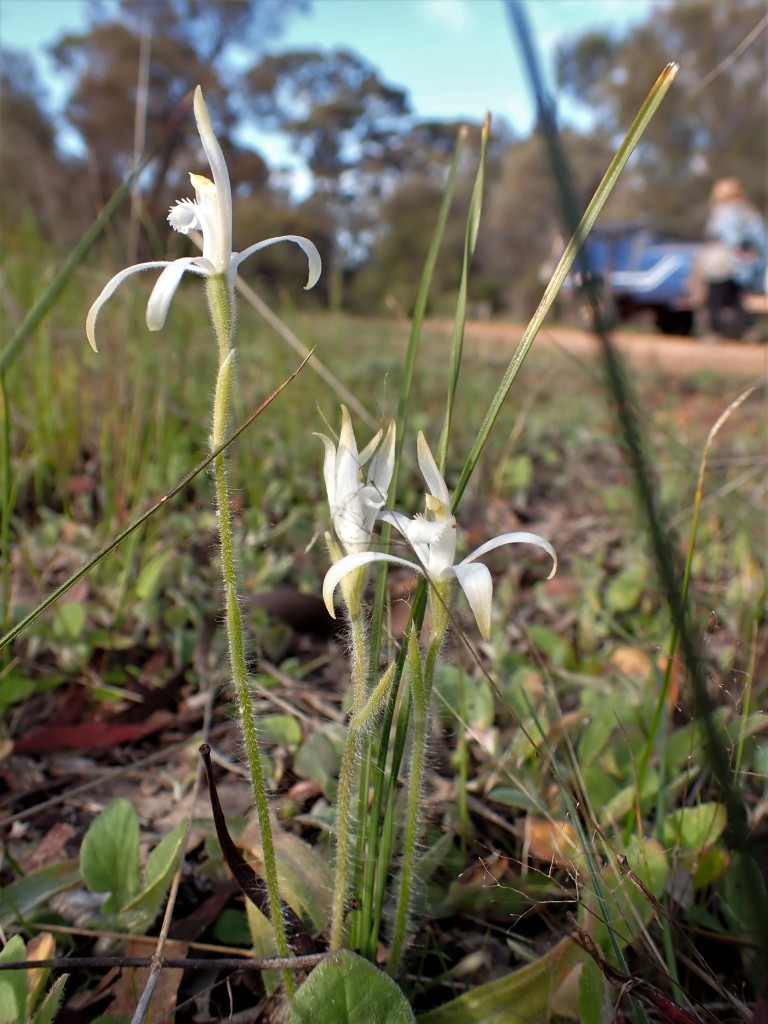
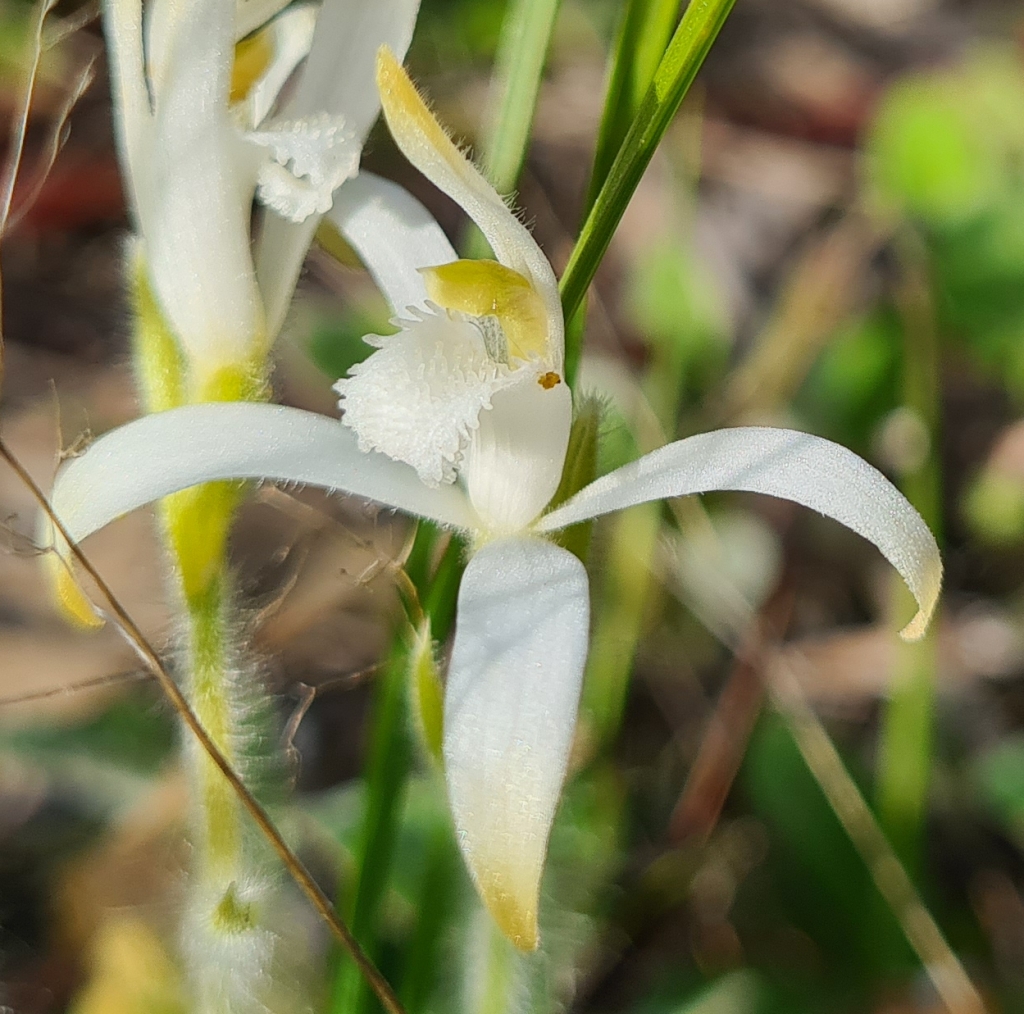

I trust you have enjoyed travelling with us on our 2022 Road Trip which had some exciting, scary, amazing and awe-inspiring times. There was a patch of no orchid hunting but there are areas of this great state of Western Australia that still need to be seen. 2023 will be similar as we venture across the desert to Coober Pedy in South Australia. Well, that is the plan for now.














































































































































